 Posted Apr 1, 2012, 8:31 PM
Posted Apr 1, 2012, 8:31 PM
|
|
Registered User
|
|
Join Date: Sep 2005
Posts: 566
|
|
|
The best of Queens
The next best of series will feature the borough of Queens. I always shrug off the misinformed and often stereotypical view that Queens is a suburban wasteland with a big building by the river. Its easy to shrug it off knowing how completely false that view is. Queens was a pretty tough cookie to tackle, with soooo many neighborhoods it took almost the longest for me to complete. The borough is quiet diverse economically and geographically. You'll find that much of it is still working class and like the other boroughs quiet dense with residential blocks that go on for miles using the same housing stock.
The borough features the outer-boroughs largest stock of garden apartments, which are packed into concentrated areas we call garden city's. The city's second largest chinatown is in Queens. The borough also has beach side communities and upscale north shore hillside neighborhoods. From the Greeks in Astoria to the West Indians of South East Queens, to the Chinese in the north east and the Jewish in the center, Queens is the most diverse urban area in the world. The evidence of this was staggering when I was there and the fact that everyone lives side by side is also interesting. Unlike Brooklyn, which was its own city and the Bronx which had been building up as demand called for--Queens grew as villages and small cities continuously connecting to each other for over a century.
We're going to start in the northwest on the East River and work our way zig zagging the boroughs west side until we cross the north to the eastern side of the borough zig zag our way through the center and then down south to the Rockaways.
Some neighborhoods to sample before we start the tour:
Ozone Park is a working class residential neighborhood in south western Queens. During the reconstruction era after the Civil War the nation fell into an economic depression. These hard times forced residents in the cities of Manhattan and Brooklyn to look for better opportunities on cheaper land. Ozone Park was mostly an undeveloped area where many settled. Most of these residents were low-middle income working class German and Irish immigrants who carved a community out of the coastal farmland. The area was working class right from the beginning. As the economy progressed the neighborhood became popular for its affordability. The Long Island Railroad built through making access to Manhattan more convenient. Ozone Park had developed into the ideal working class suburb far unlike the super dense neighborhoods and fashionable garden cities popping up at the time. Folks in the city and street car suburbs considered south Queens, the country in a time when the land was becoming scarce and the working middle class was emerging. The neighborhood was attractive to families looking to build a life, less chaotic. The fact that it was in close proximity to Jamaica Bay and the Rockaways at the coast didn’t hurt growth. By the turn of the 20th century Ozone Park was a commuter suburb and Italians moved to the area in droves. They came to dominate the community and would do so right on up until the 1980’s. It was at this time Indians, Pakistanis and Bangladeshis moved into the area and their stamp on the neighborhood is evident today.
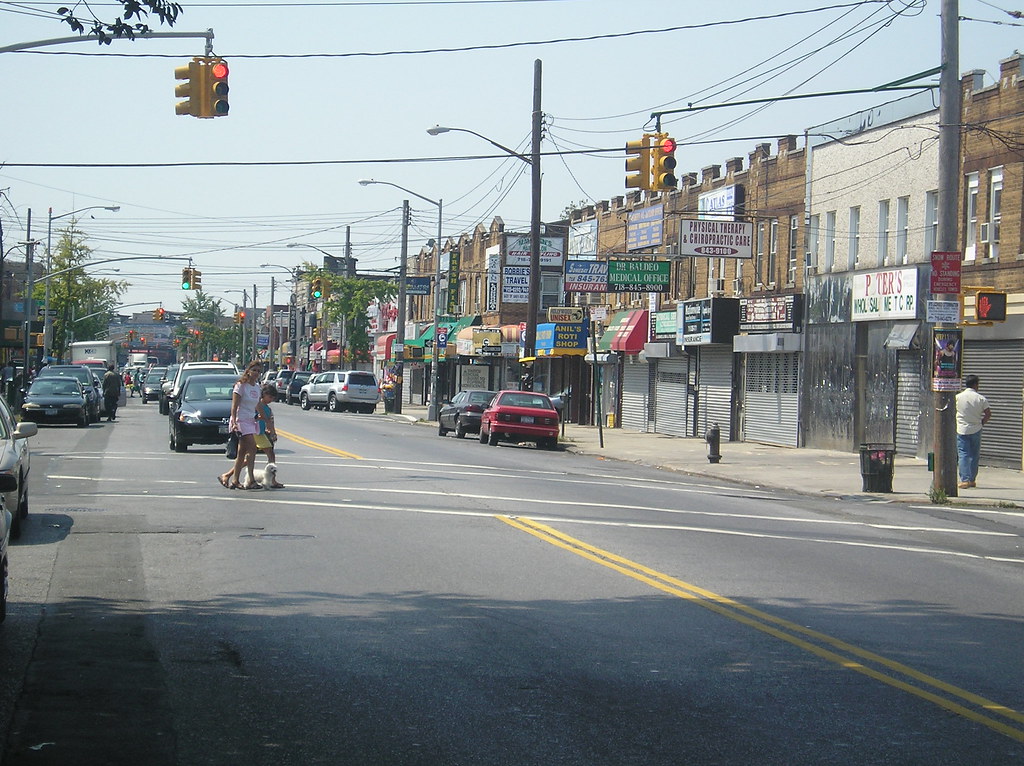
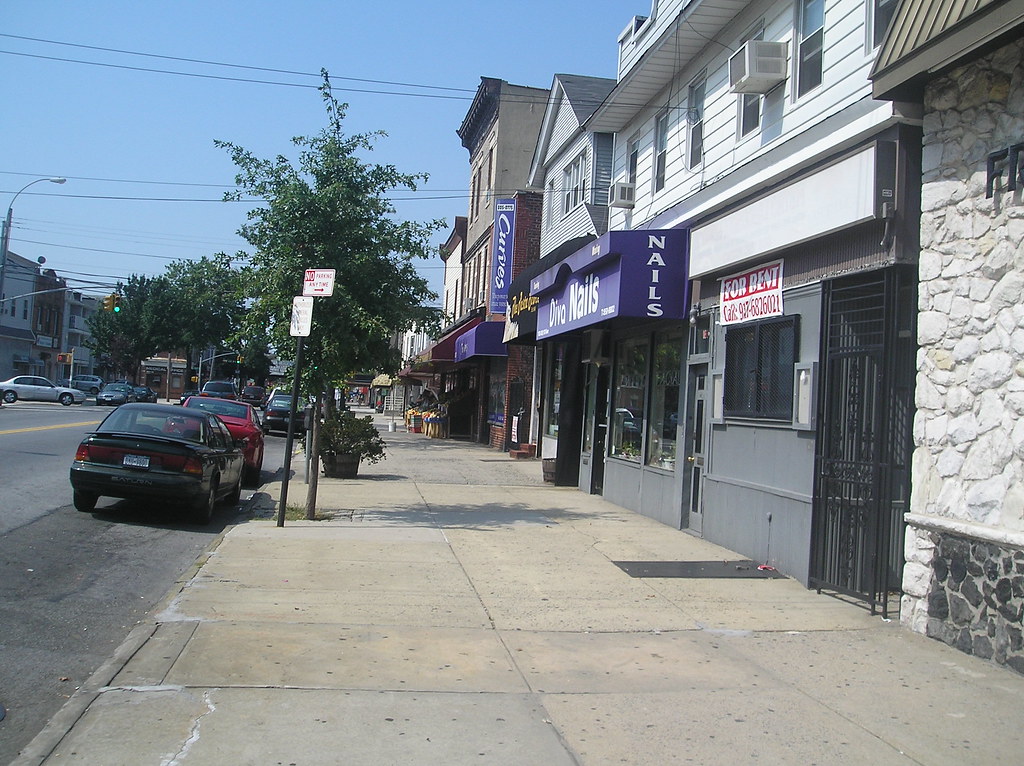
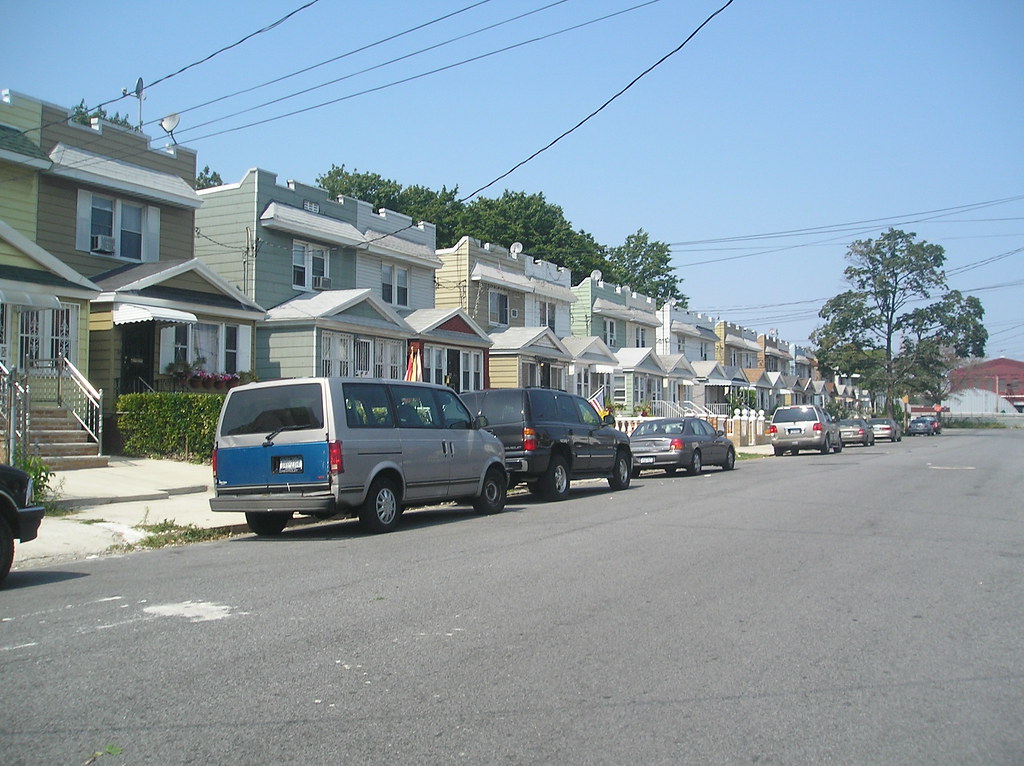

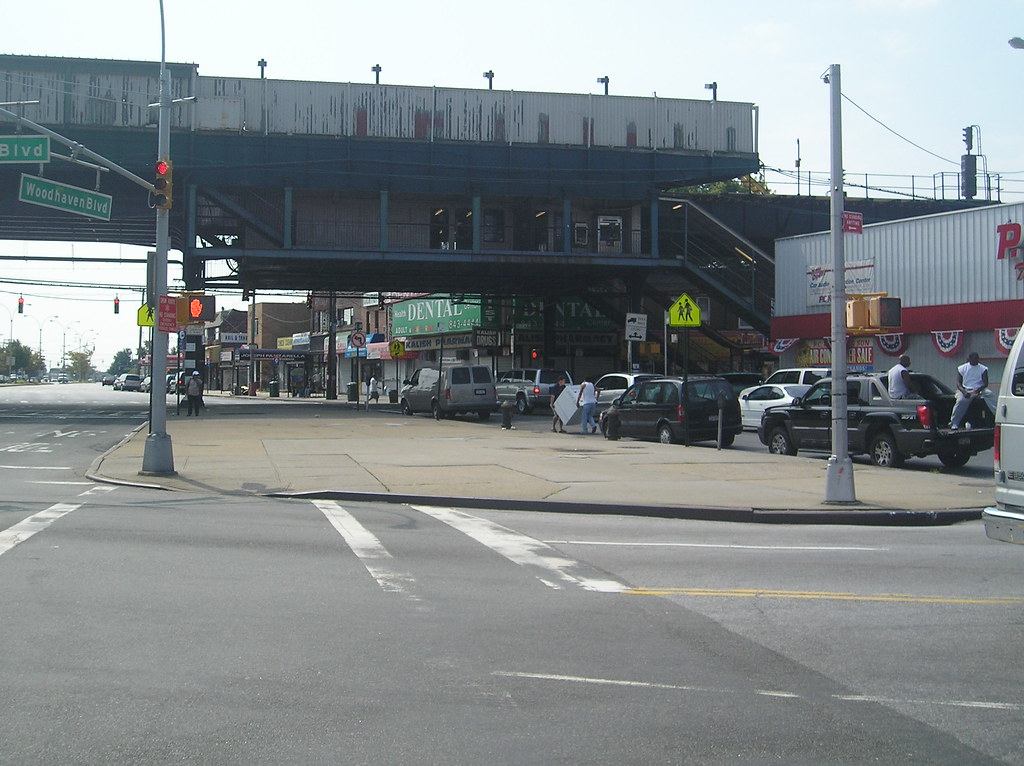
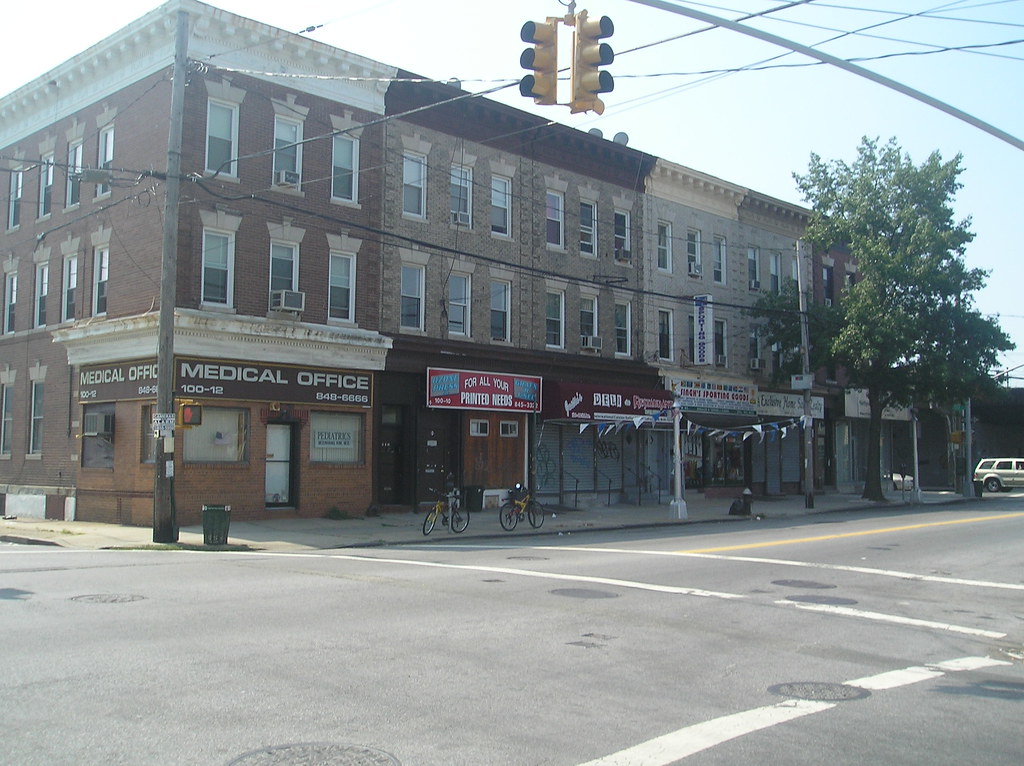
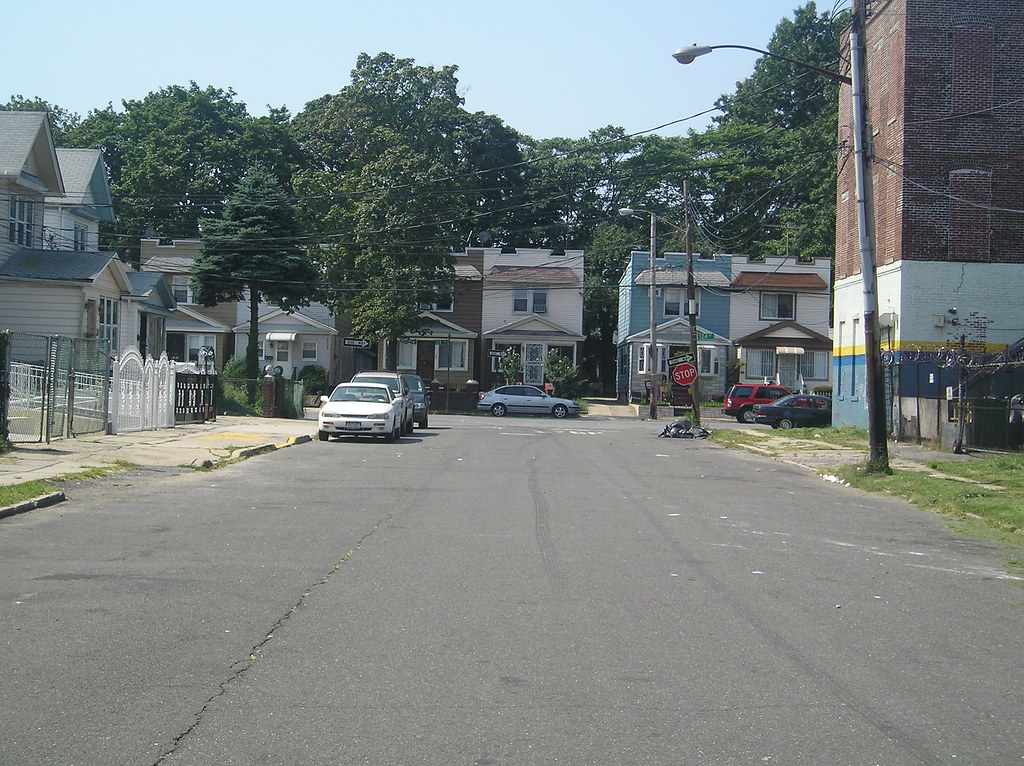
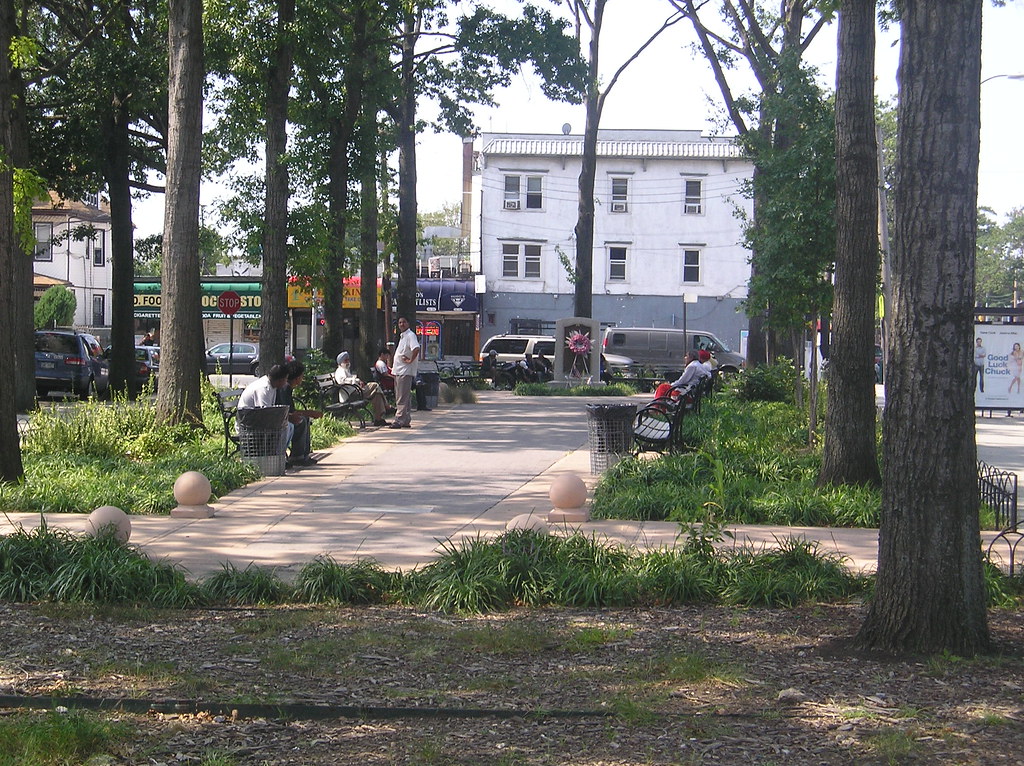
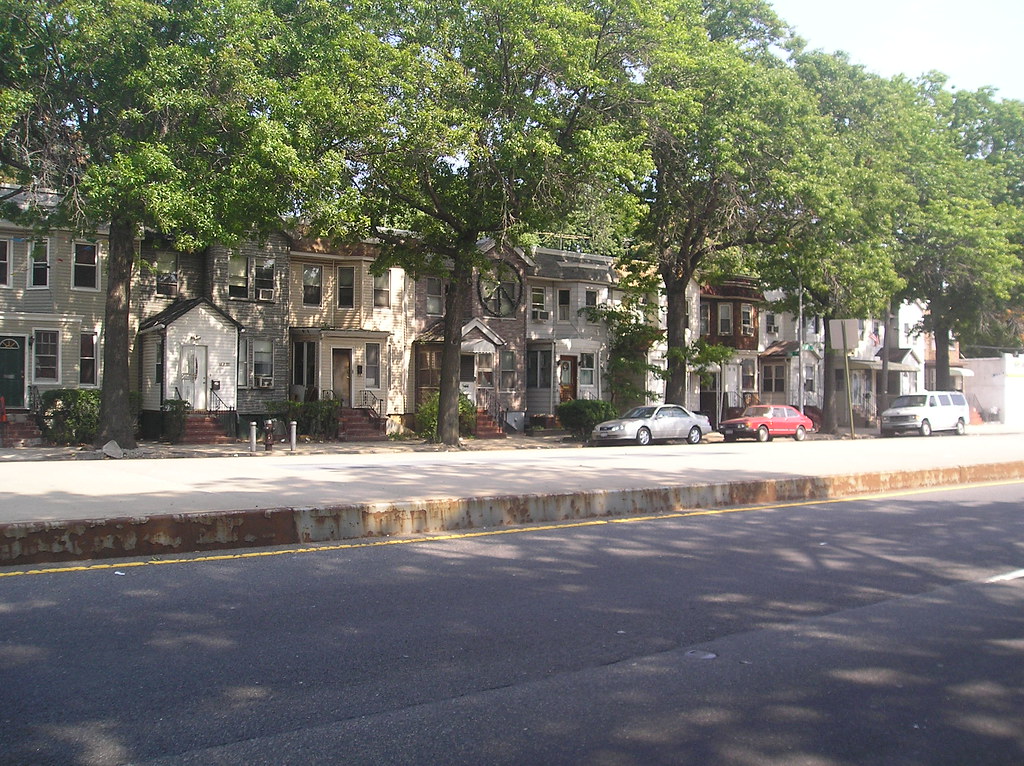
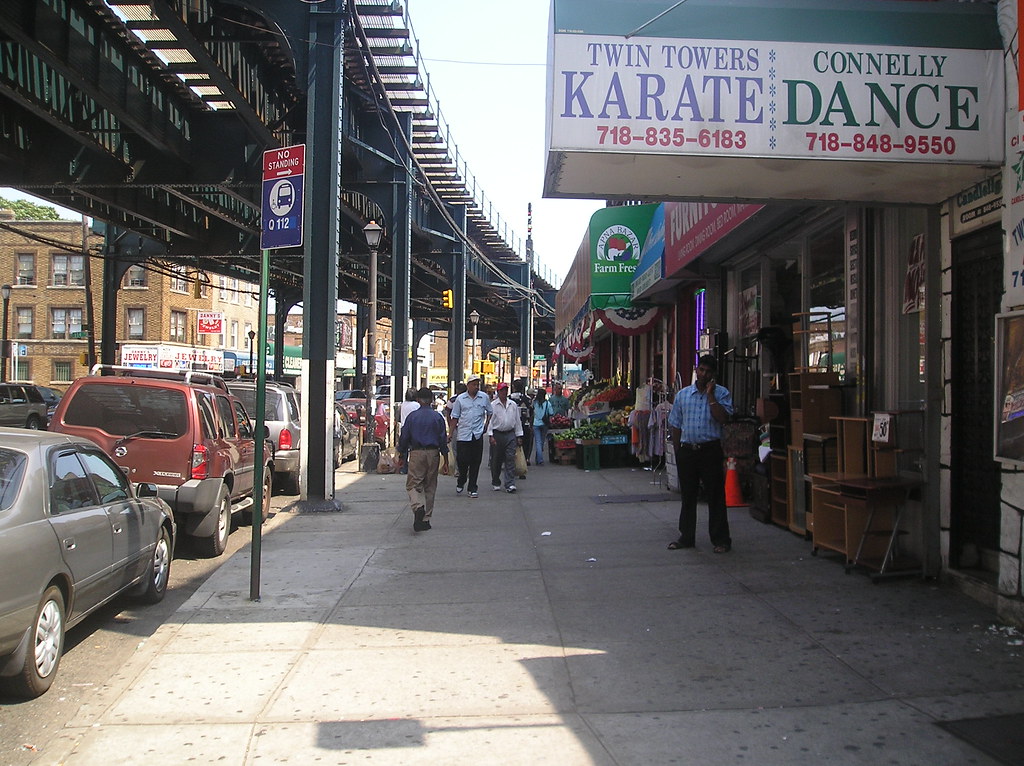
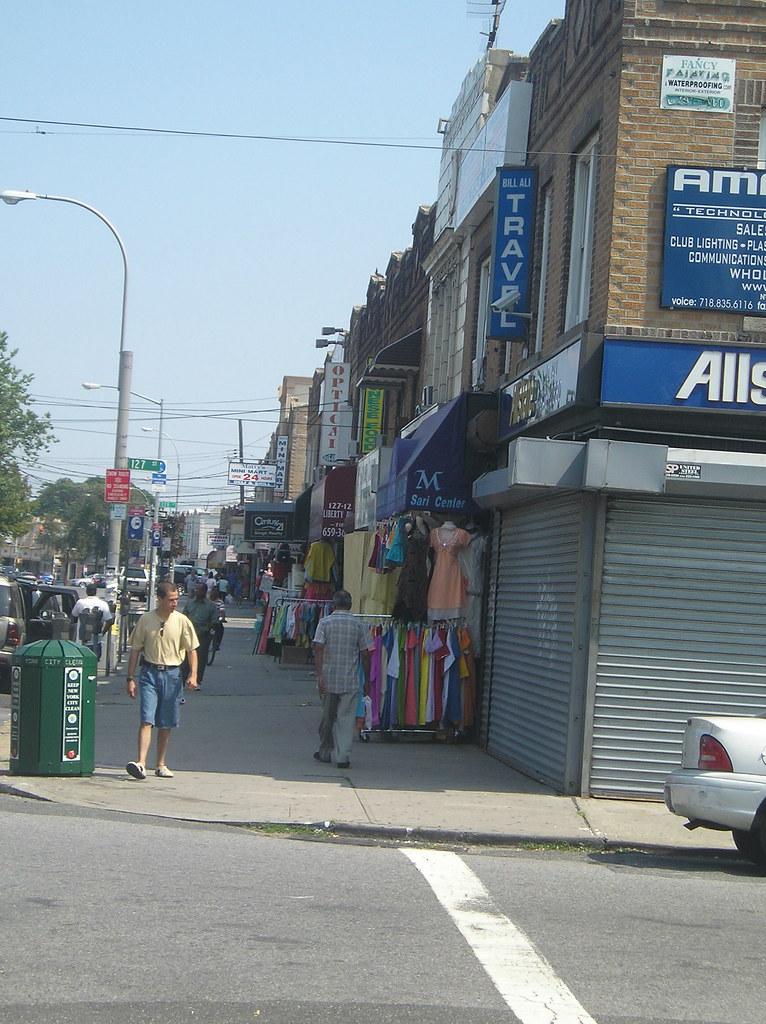 Woodhaven is a middle class neighborhood in the center of the borough of Queens. The neighborhood was settled by a handful of families in the middle of the 18th century. The community grew throughout the century as the families did. Later during the early 19th century it became the site of two race tracks and several hotels. A developer from Connecticut built up the eastern half and named it Woodville. In the 1830’s horse drawn trams ran through Woodhaven. A newspaper was launched mid century around the same time the name of the neighborhood changed. Residents who had demanded a local post office considered changing the name so to not be confused with Woodville in upstate New York. By the civil war era, Woodhaven developed as a manufacturing community. After consolidation, the ever expanding Queens street grid and introduction of the elevated rail the community saw peaks in its population. Today the area is quiet, but not sleepy. There’s a healthy amount of business but Woodhaven does not serve as a major core in Queens. It’s a pretty diverse neighborhood home to Italians, Colombians, Filipinos, Chinese, Serbians, Puerto Ricans, Ecuadorians and West Indians living side by side and its diversity is celebrated as an annual street fair.
Woodhaven is a middle class neighborhood in the center of the borough of Queens. The neighborhood was settled by a handful of families in the middle of the 18th century. The community grew throughout the century as the families did. Later during the early 19th century it became the site of two race tracks and several hotels. A developer from Connecticut built up the eastern half and named it Woodville. In the 1830’s horse drawn trams ran through Woodhaven. A newspaper was launched mid century around the same time the name of the neighborhood changed. Residents who had demanded a local post office considered changing the name so to not be confused with Woodville in upstate New York. By the civil war era, Woodhaven developed as a manufacturing community. After consolidation, the ever expanding Queens street grid and introduction of the elevated rail the community saw peaks in its population. Today the area is quiet, but not sleepy. There’s a healthy amount of business but Woodhaven does not serve as a major core in Queens. It’s a pretty diverse neighborhood home to Italians, Colombians, Filipinos, Chinese, Serbians, Puerto Ricans, Ecuadorians and West Indians living side by side and its diversity is celebrated as an annual street fair.
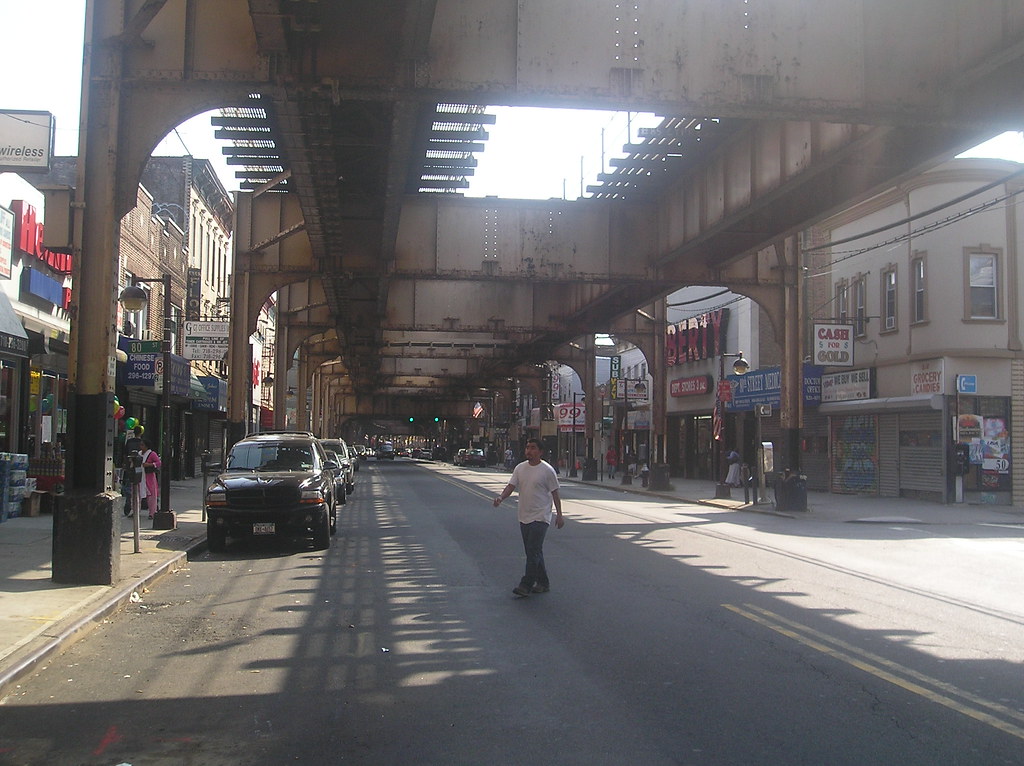
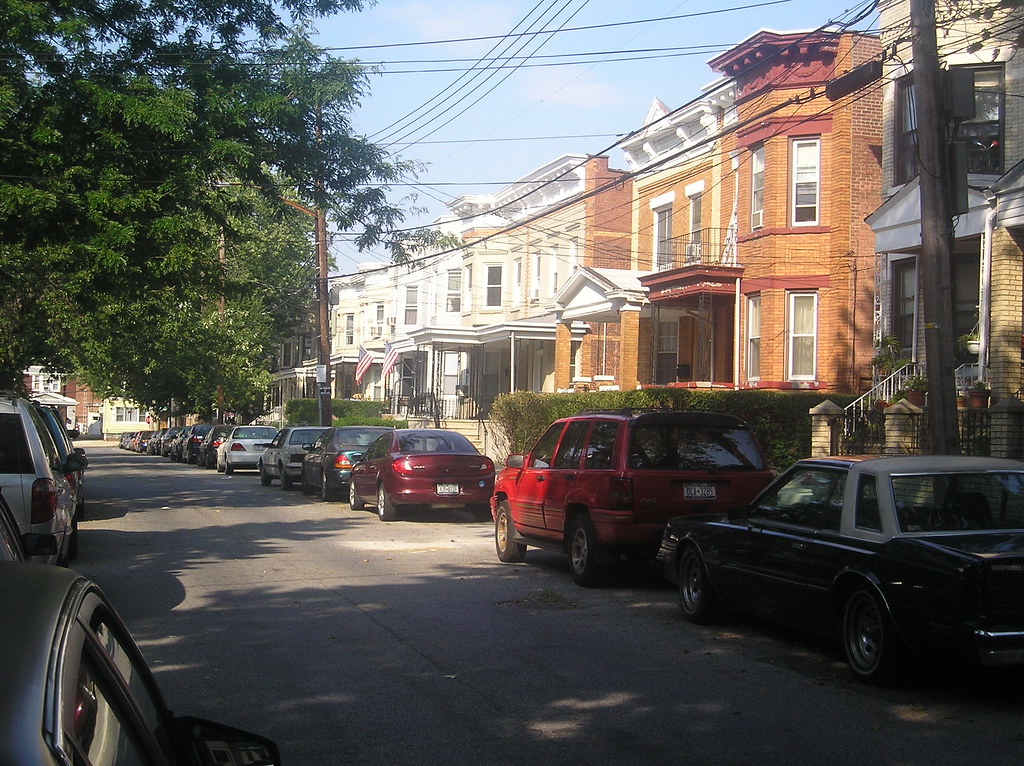

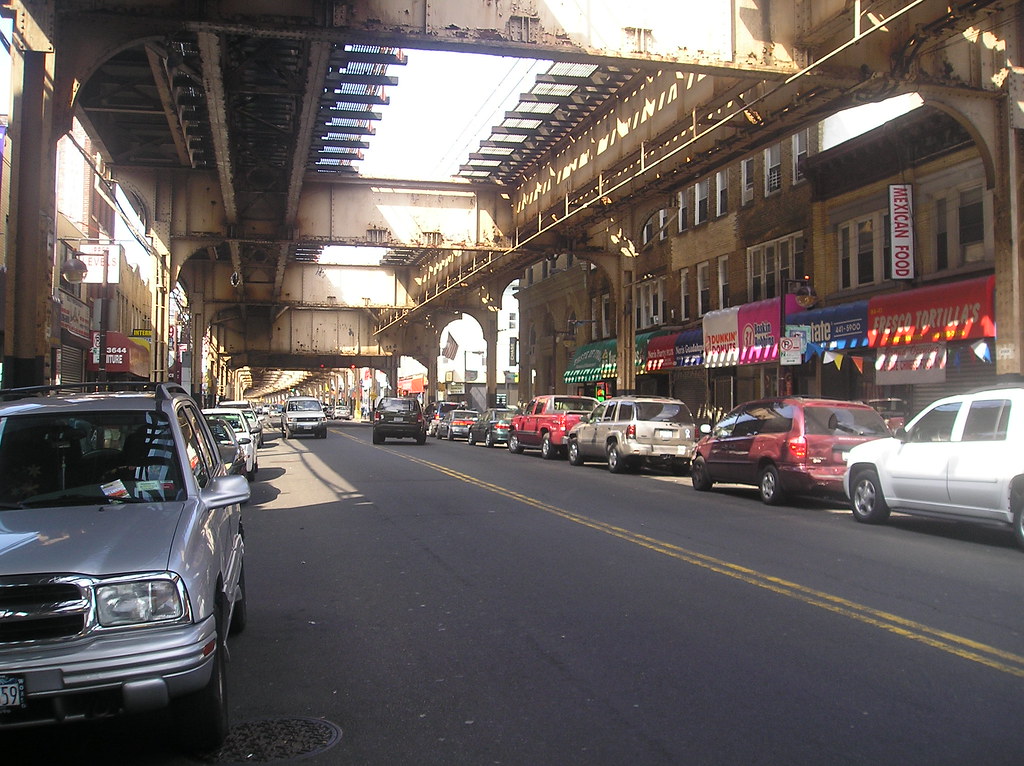
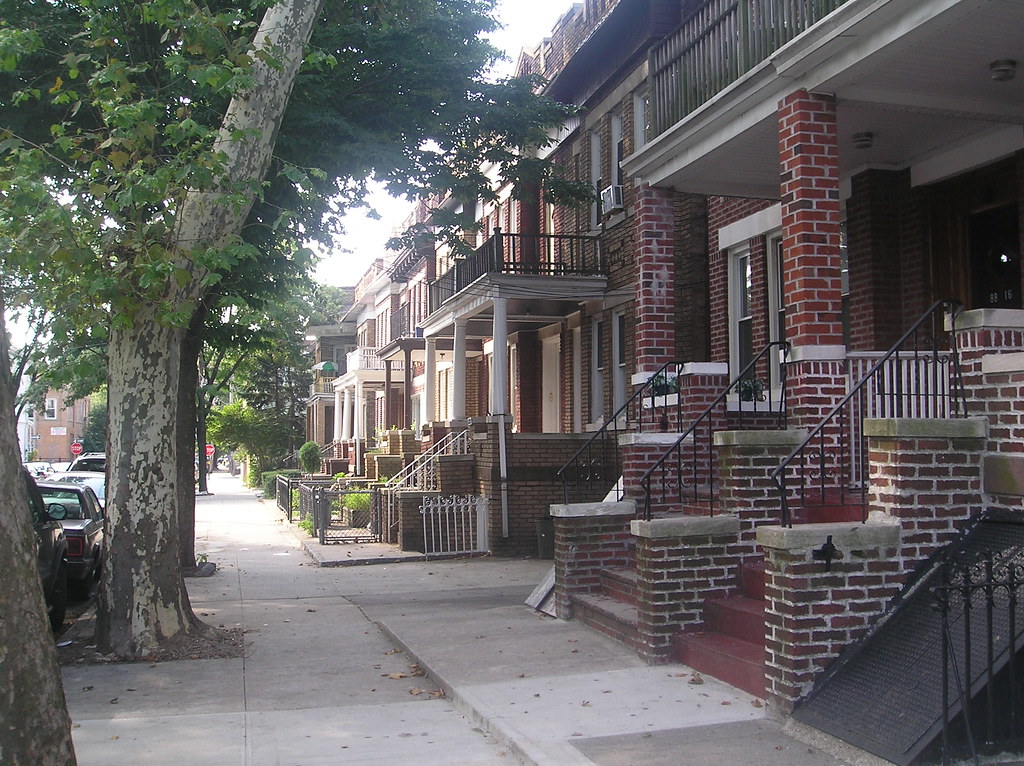
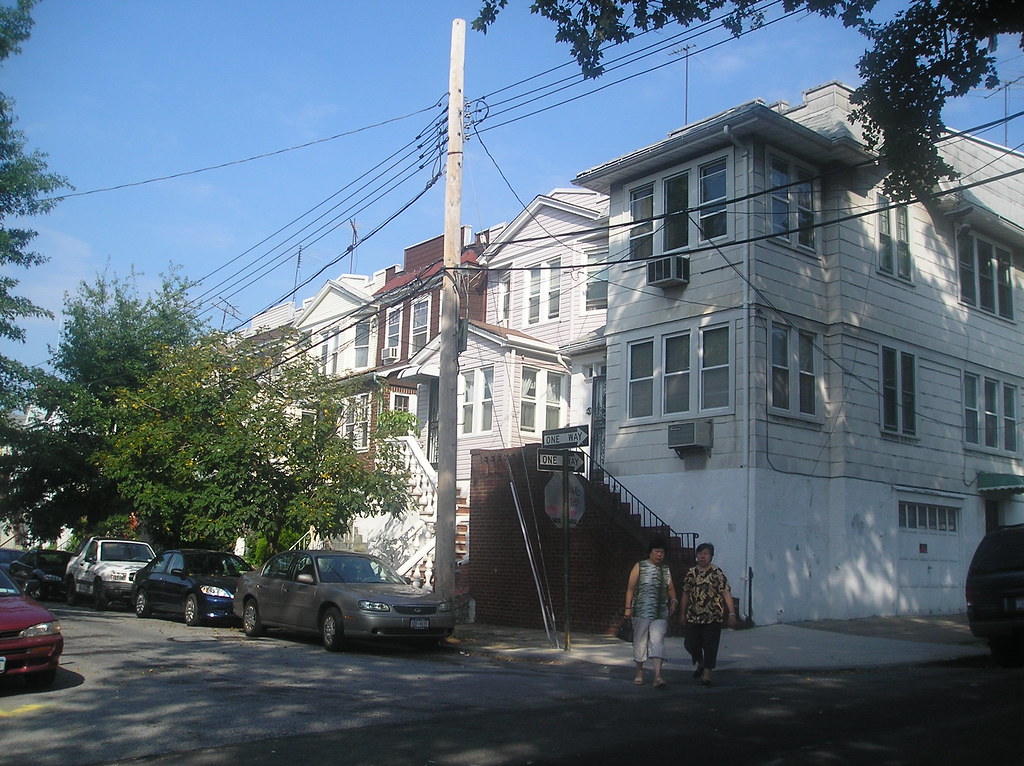
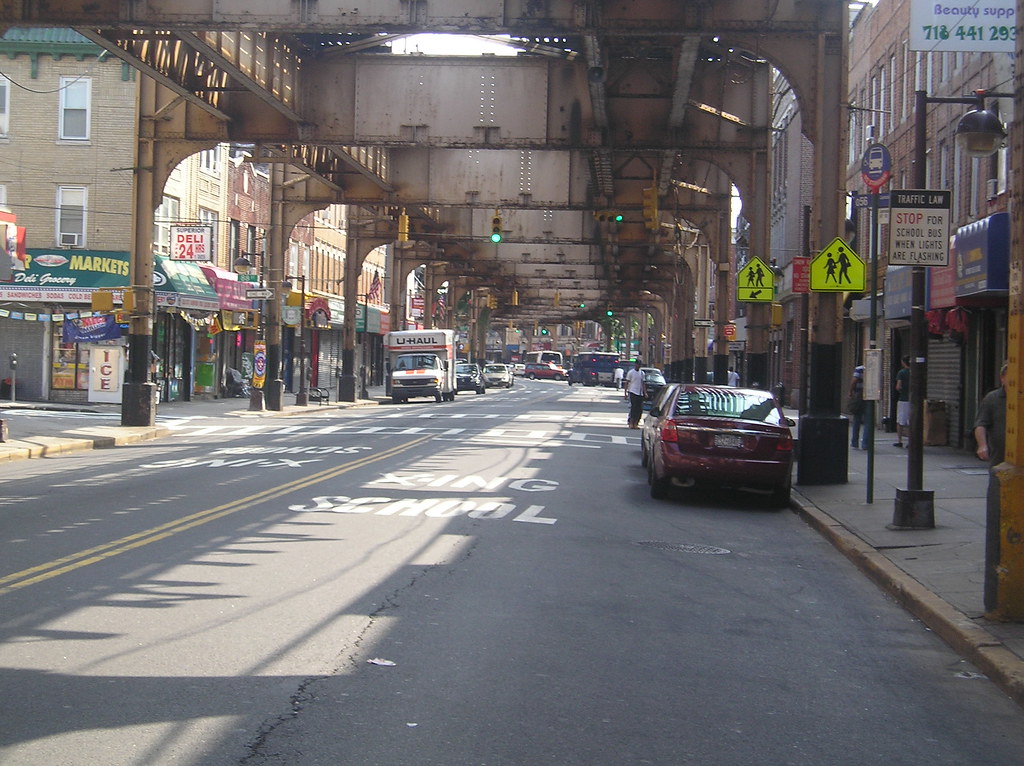
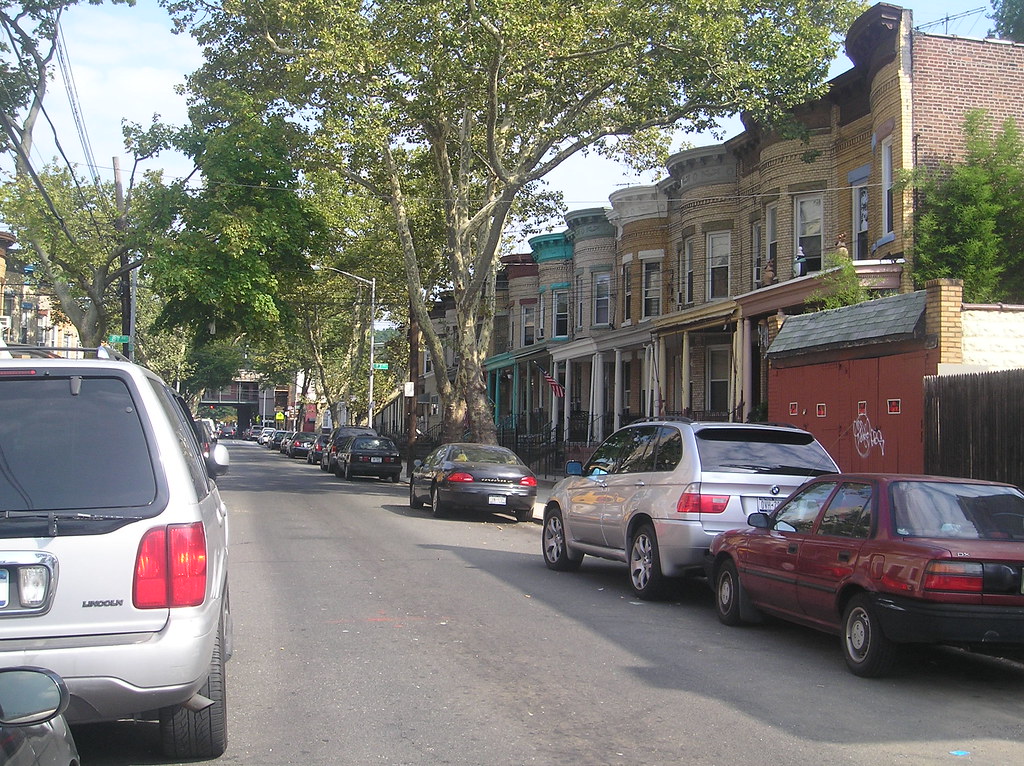


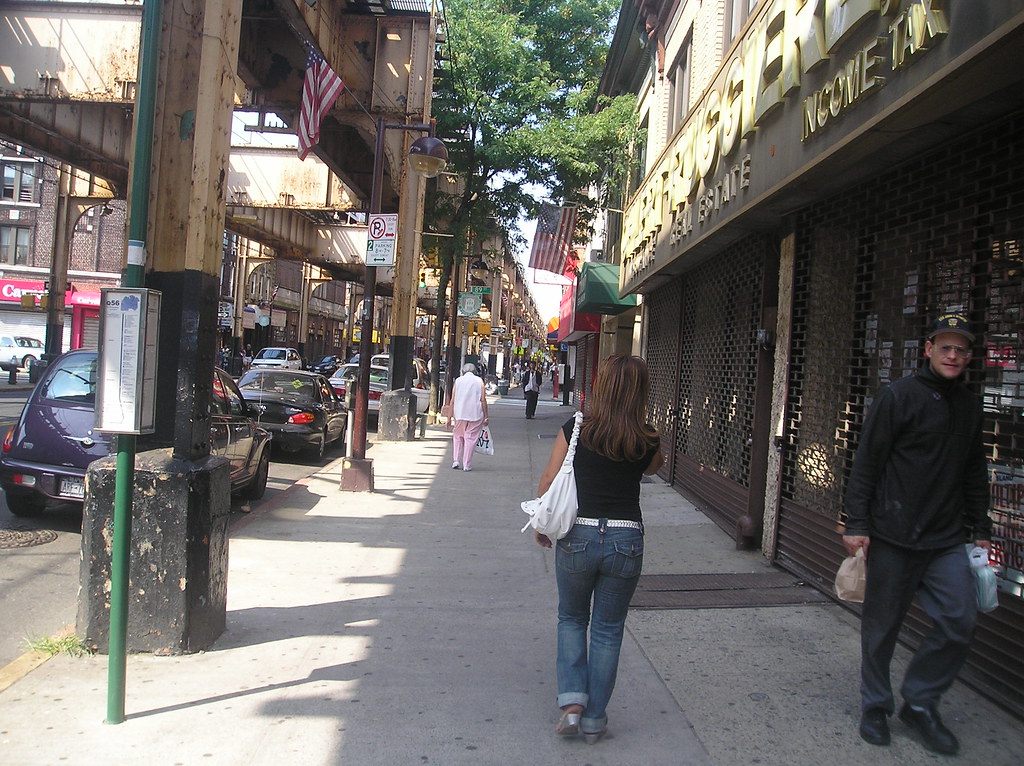
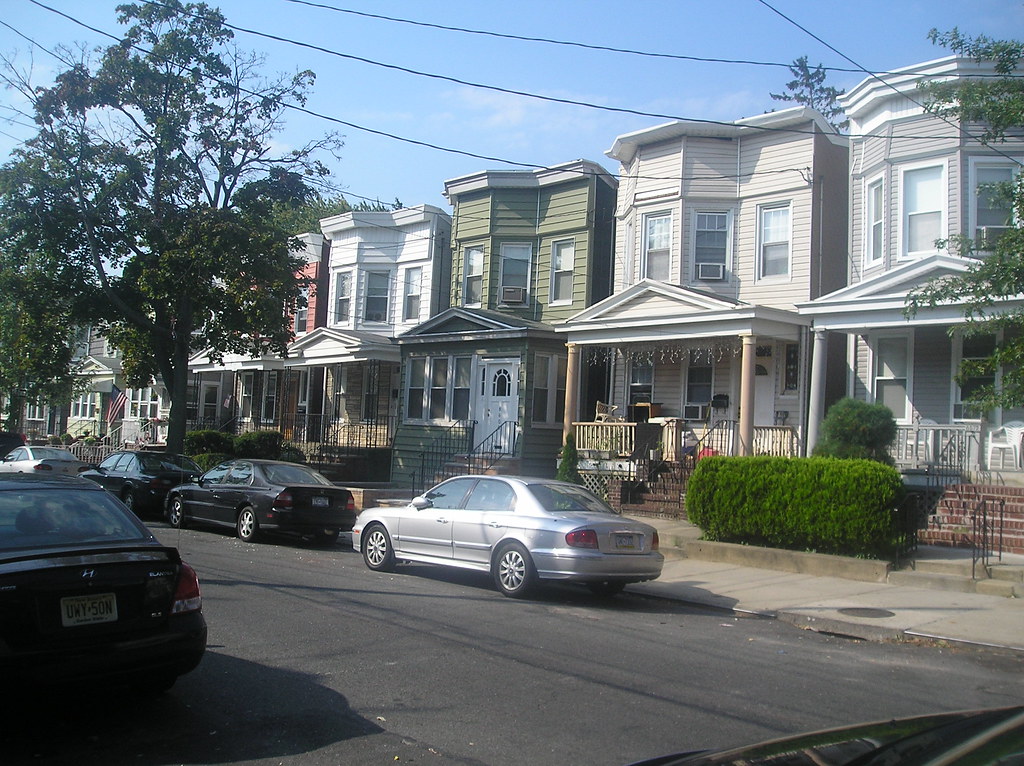
 Five pointz- The Five Pointz is an outdoor exhibit space featuring the works of several local graffiti artists. The site is in the neighborhood of Long Island City. The Five Pointz is known world wide and artists from all over the world have come here to leave their mark. The building complex was first established as the Phun Phactory to encourage Graffiti artists to display their work and prevent vandalism and well over a decade later the complex, sidewalks around it, stair cases, trucks and chimneys are covered in artwork from artists all over the world. New York is considered to be the premier graffiti Mecca of the world. The complex is owned by a Long Island developer and houses the Crane Studios where artists can pay below market rent for studio space.
Five pointz- The Five Pointz is an outdoor exhibit space featuring the works of several local graffiti artists. The site is in the neighborhood of Long Island City. The Five Pointz is known world wide and artists from all over the world have come here to leave their mark. The building complex was first established as the Phun Phactory to encourage Graffiti artists to display their work and prevent vandalism and well over a decade later the complex, sidewalks around it, stair cases, trucks and chimneys are covered in artwork from artists all over the world. New York is considered to be the premier graffiti Mecca of the world. The complex is owned by a Long Island developer and houses the Crane Studios where artists can pay below market rent for studio space.
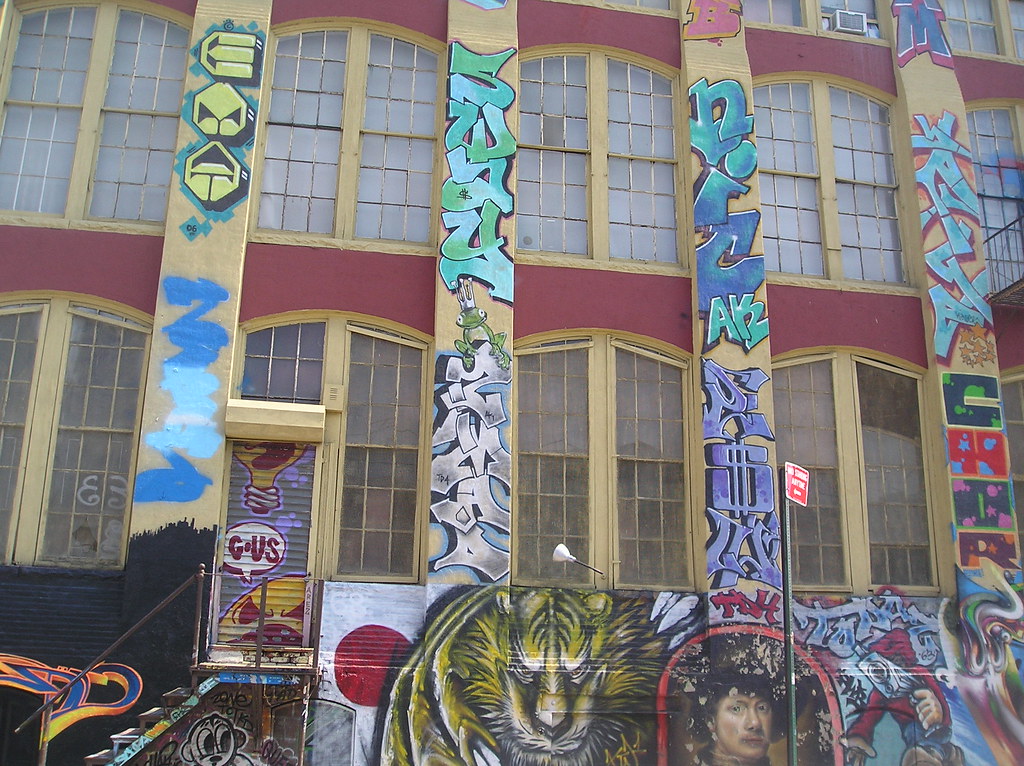
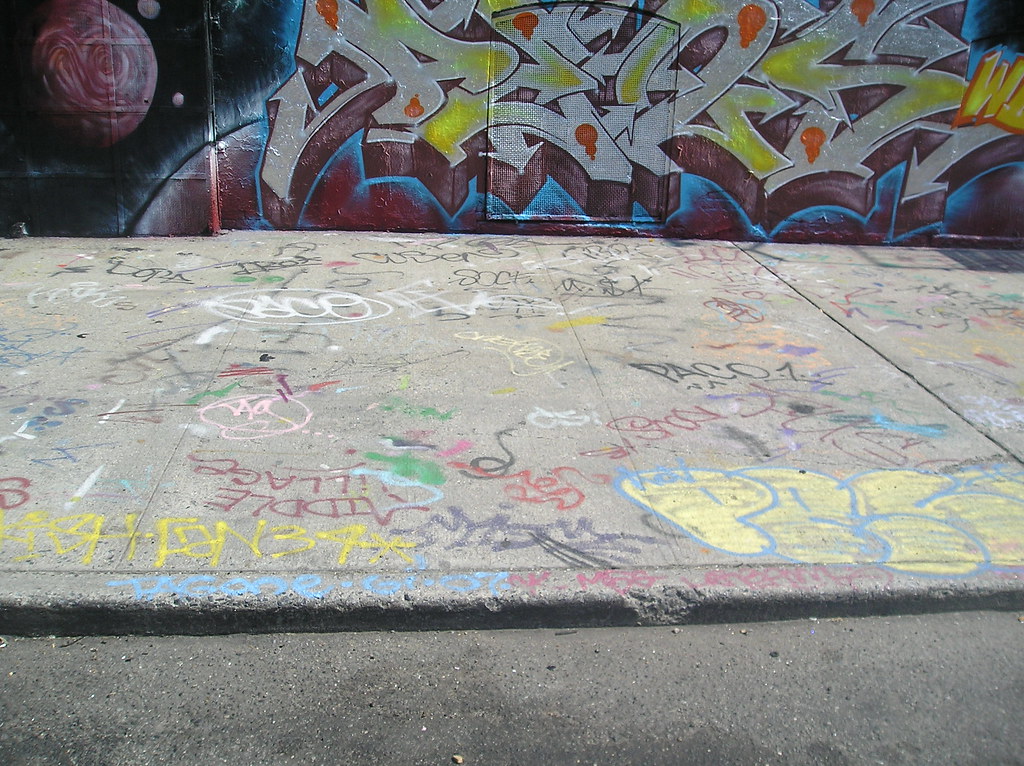

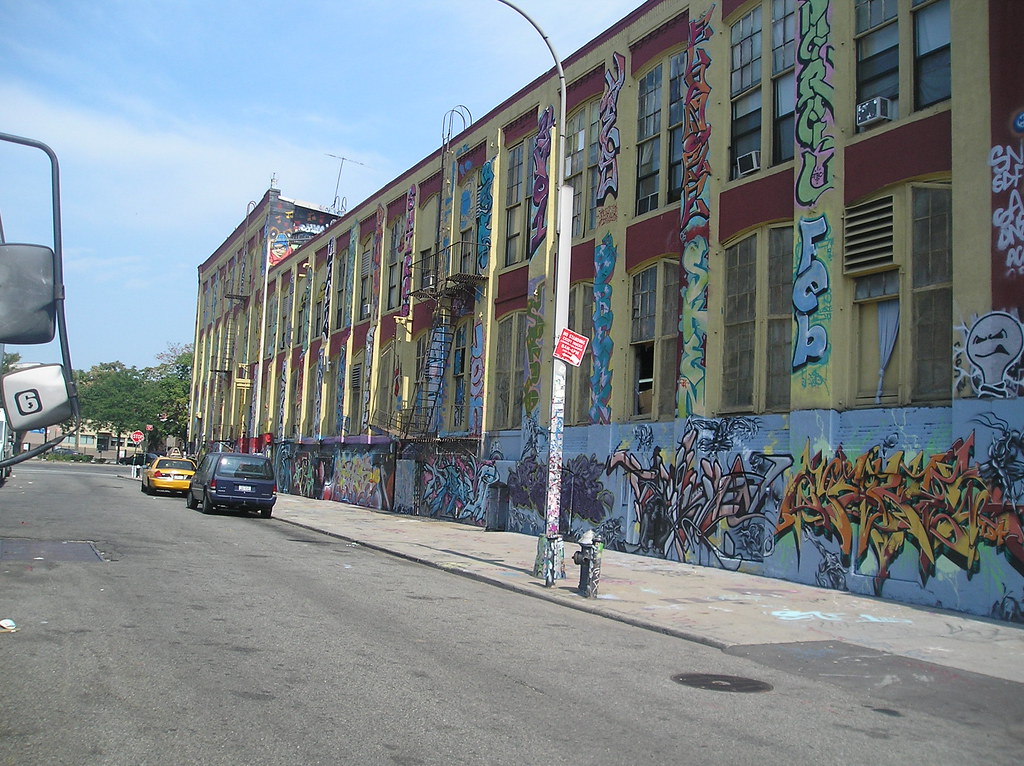
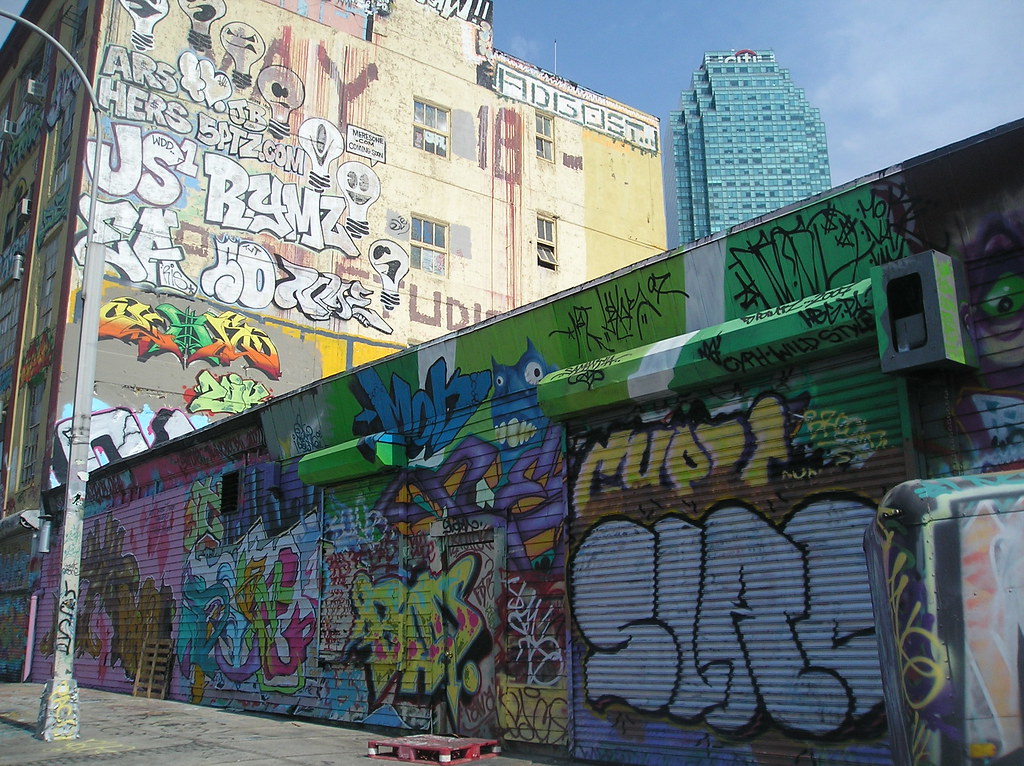
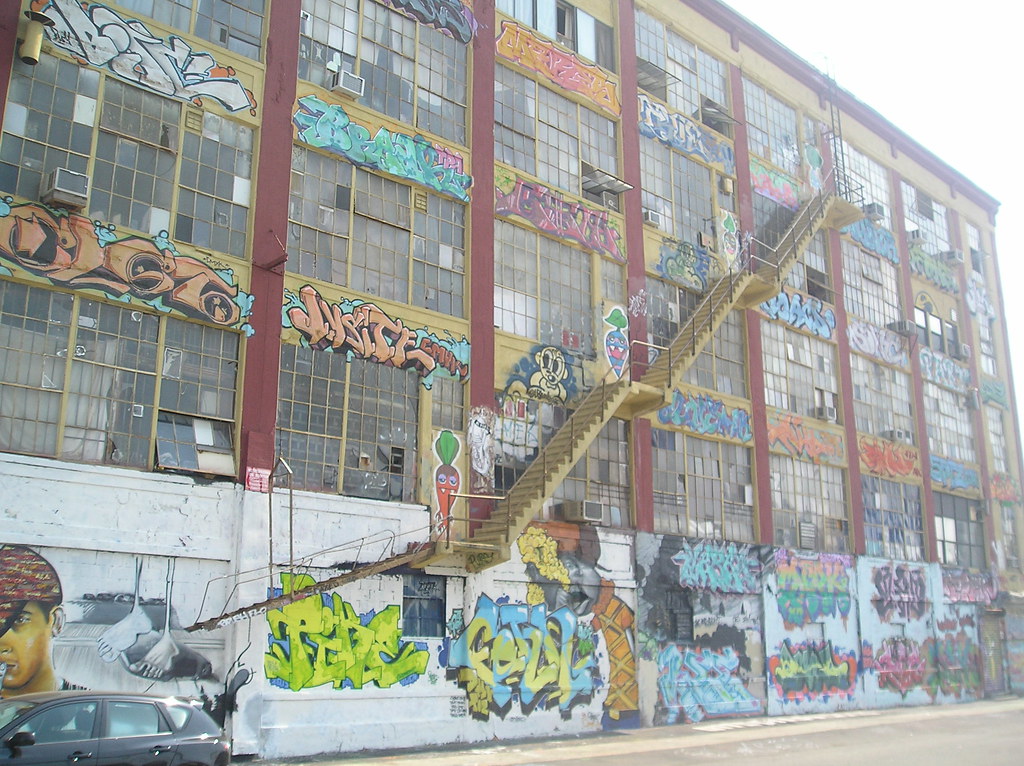
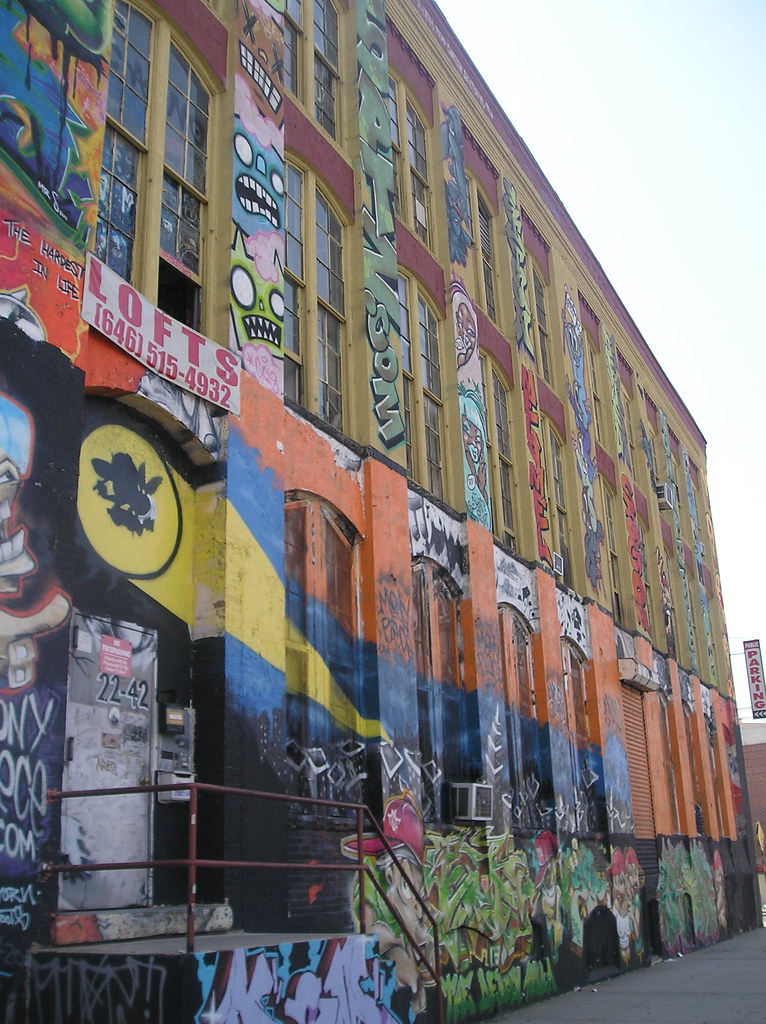 Douglaston is an affluent neighborhood on the north eastern shores of Queens. Having much more in common with upscale suburban Nassau County rather than the greater urban expanse of the Queens borough this community is defined by its large, old homes on their large, lush plots over looking the Long Island Sound and East River from a hilly, wooded vantage point. Douglaston was settled by the Dutch in the middle of the 17th century when a man named Thomas Hicks built up his estate on the peninsula. The estate was passed on through time until the 1830’s when George Douglas purchased 240 acres. Douglas’ son inherited the land in the 1860’s and allowed the North Shore Railroad to extend it’s service to the area. Douglas donated a building to house a station and in thanks the railroad named the stop, Douglaston. The neighborhood showcases lofty homes, the oldest built in Queen Anne and Victorian Style which recalls this particular era in the neighborhoods history. Douglaston lots were laid out in the 1850’s and very large. A realty company purchased 175 acres in the early 1900’s and created a planned community. Larger homes were built by this time in Tudor and Cape styles. The serene location became a popular and safe choice for New York’s upper classes. In the 1980’s condos started going up against the wishes of much of the community but today seem as if they fit in perfectly amidst the otherwise wooded landscape.
Douglaston is an affluent neighborhood on the north eastern shores of Queens. Having much more in common with upscale suburban Nassau County rather than the greater urban expanse of the Queens borough this community is defined by its large, old homes on their large, lush plots over looking the Long Island Sound and East River from a hilly, wooded vantage point. Douglaston was settled by the Dutch in the middle of the 17th century when a man named Thomas Hicks built up his estate on the peninsula. The estate was passed on through time until the 1830’s when George Douglas purchased 240 acres. Douglas’ son inherited the land in the 1860’s and allowed the North Shore Railroad to extend it’s service to the area. Douglas donated a building to house a station and in thanks the railroad named the stop, Douglaston. The neighborhood showcases lofty homes, the oldest built in Queen Anne and Victorian Style which recalls this particular era in the neighborhoods history. Douglaston lots were laid out in the 1850’s and very large. A realty company purchased 175 acres in the early 1900’s and created a planned community. Larger homes were built by this time in Tudor and Cape styles. The serene location became a popular and safe choice for New York’s upper classes. In the 1980’s condos started going up against the wishes of much of the community but today seem as if they fit in perfectly amidst the otherwise wooded landscape.
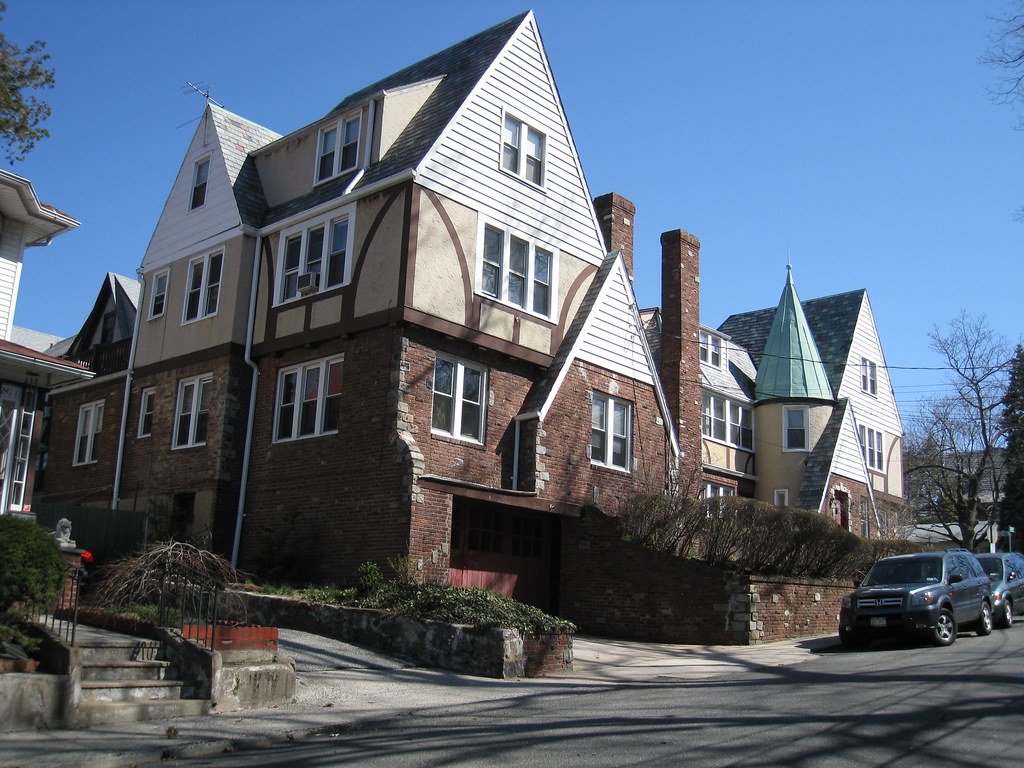

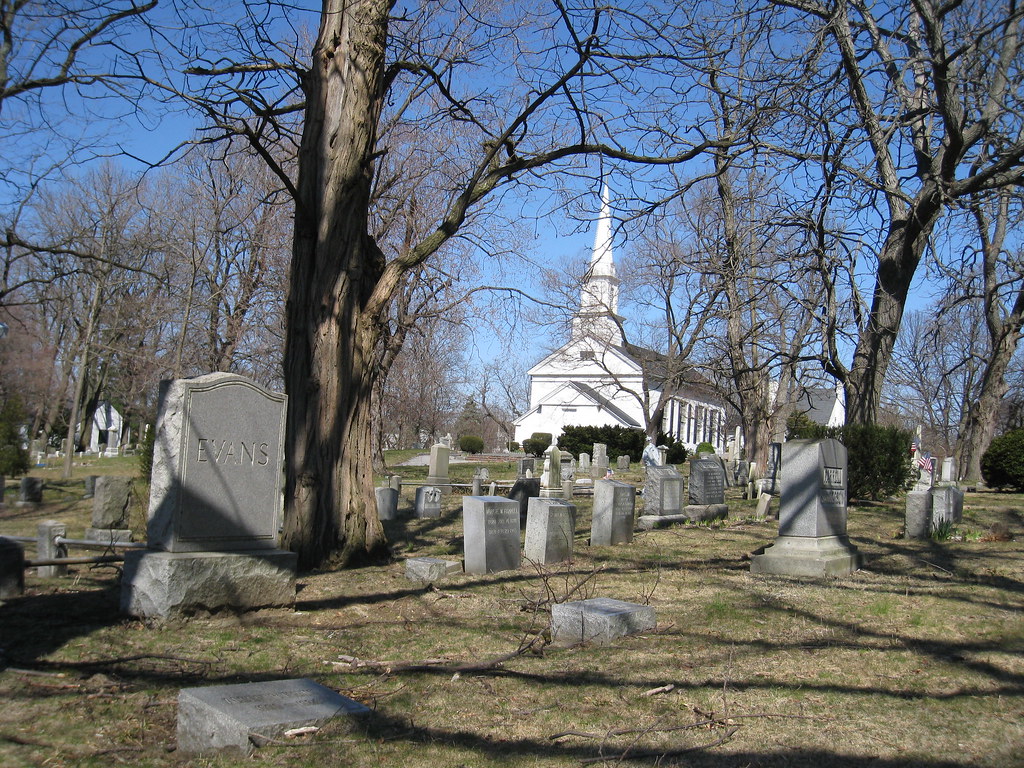
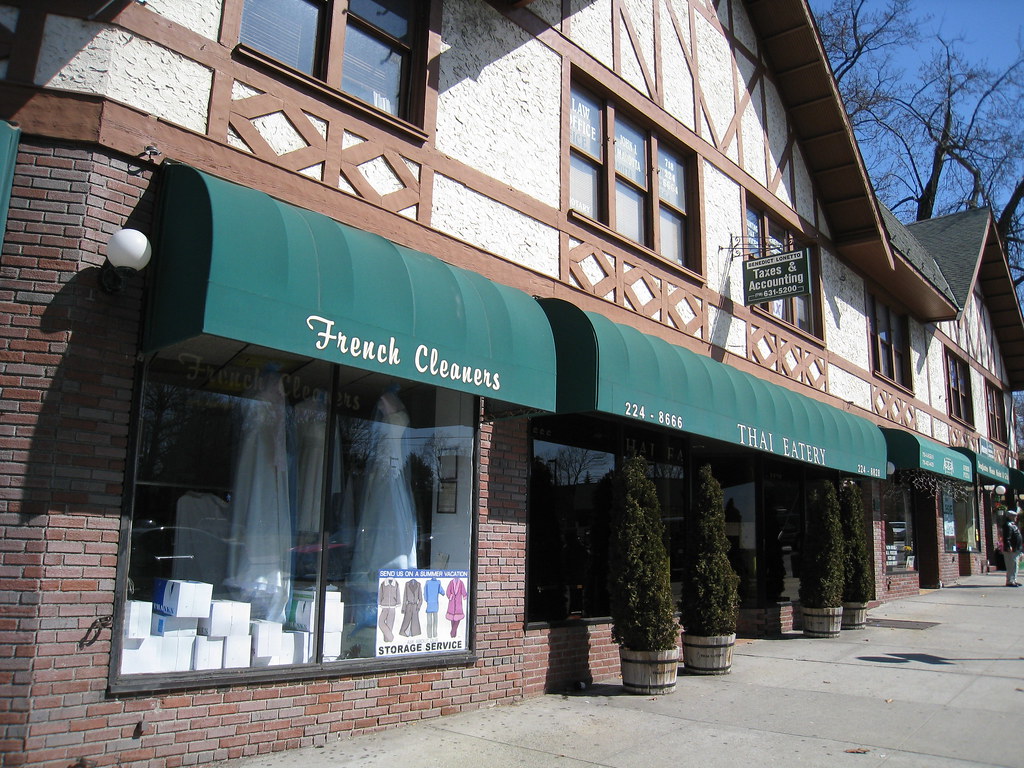
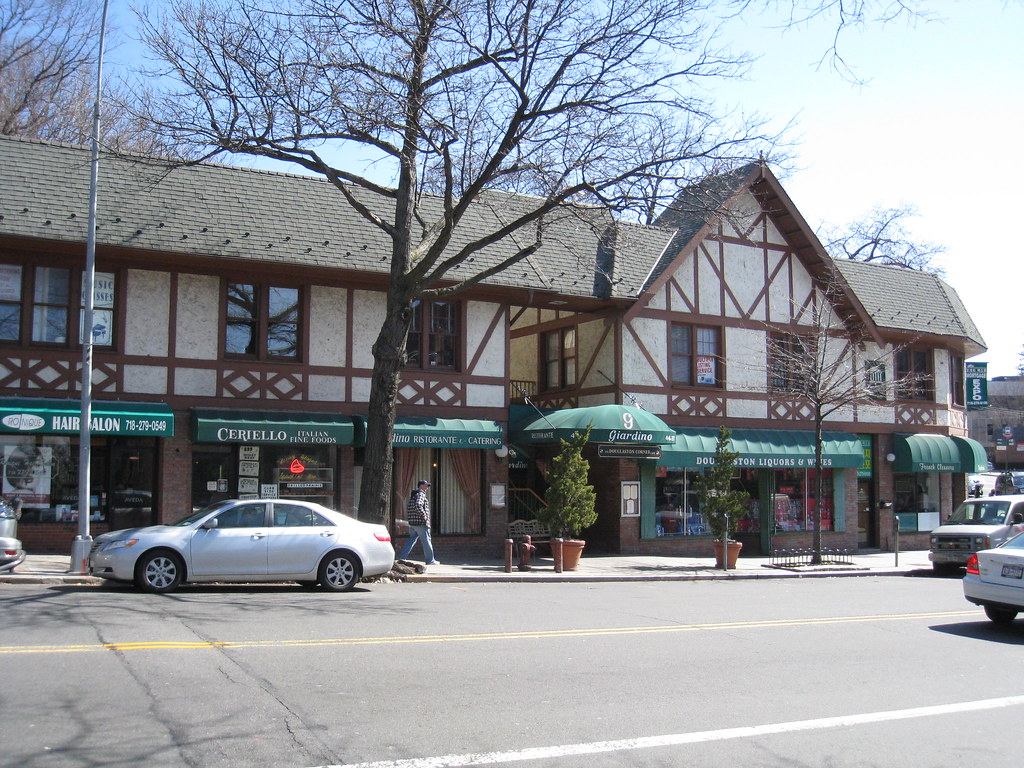
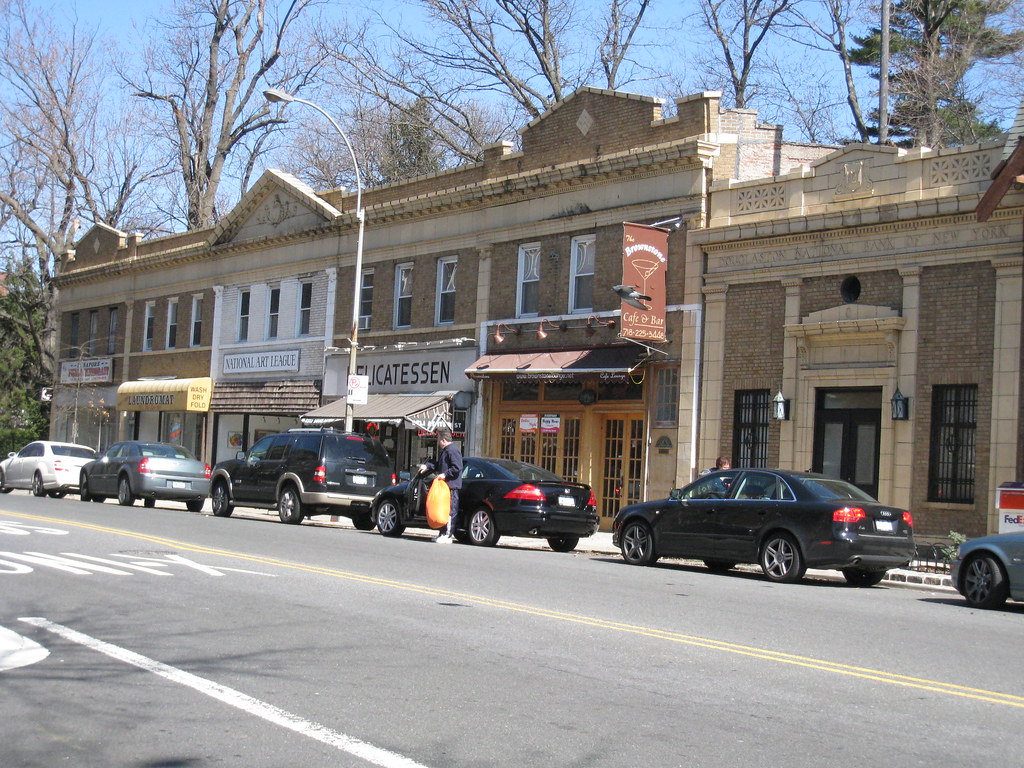
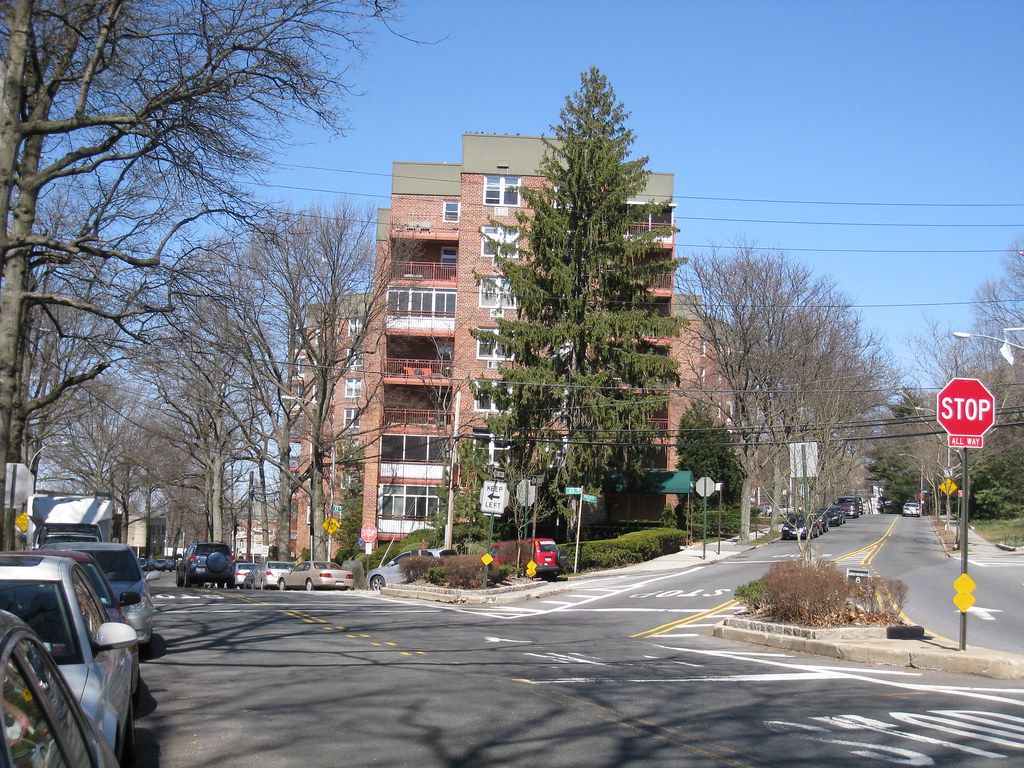
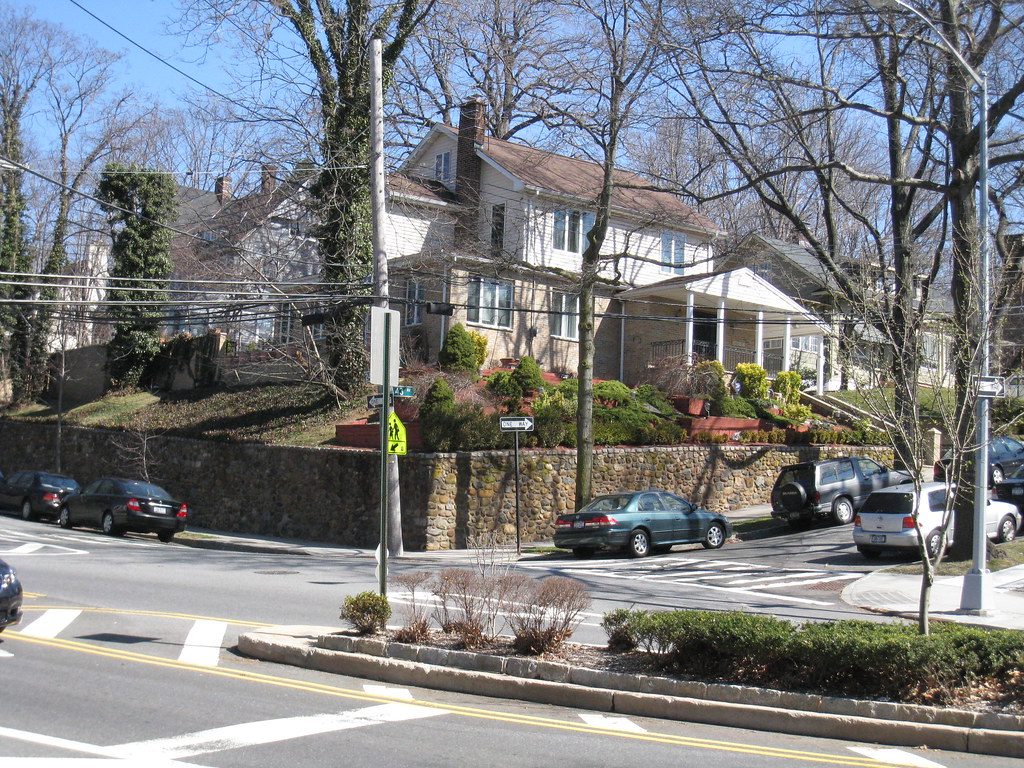
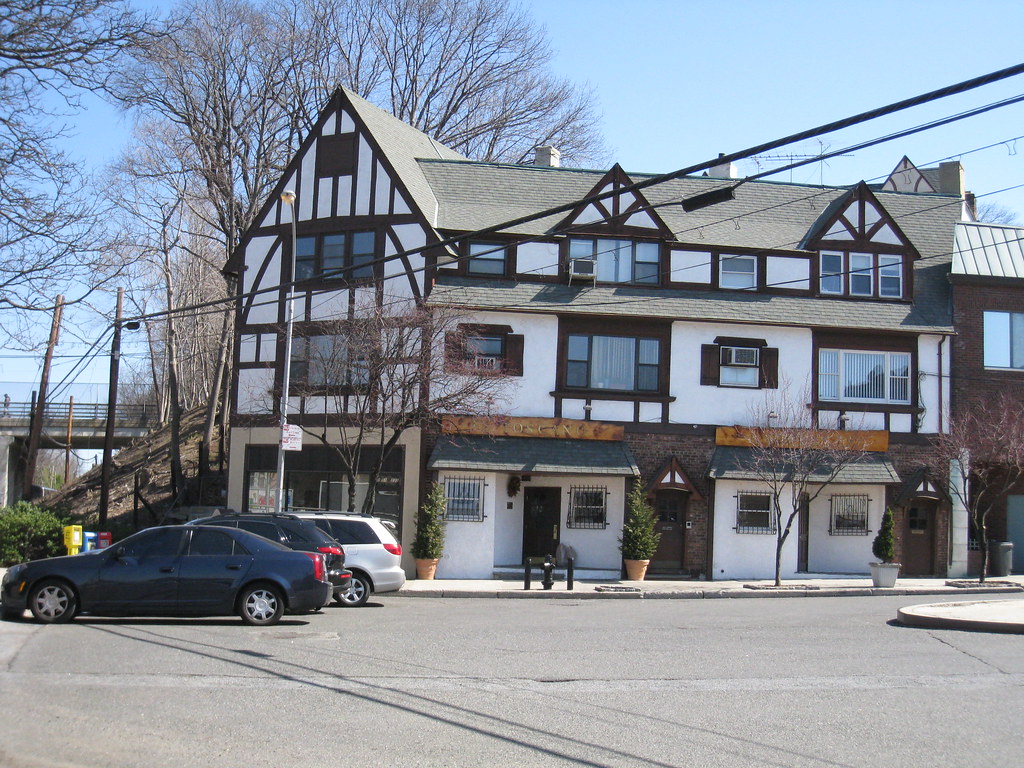
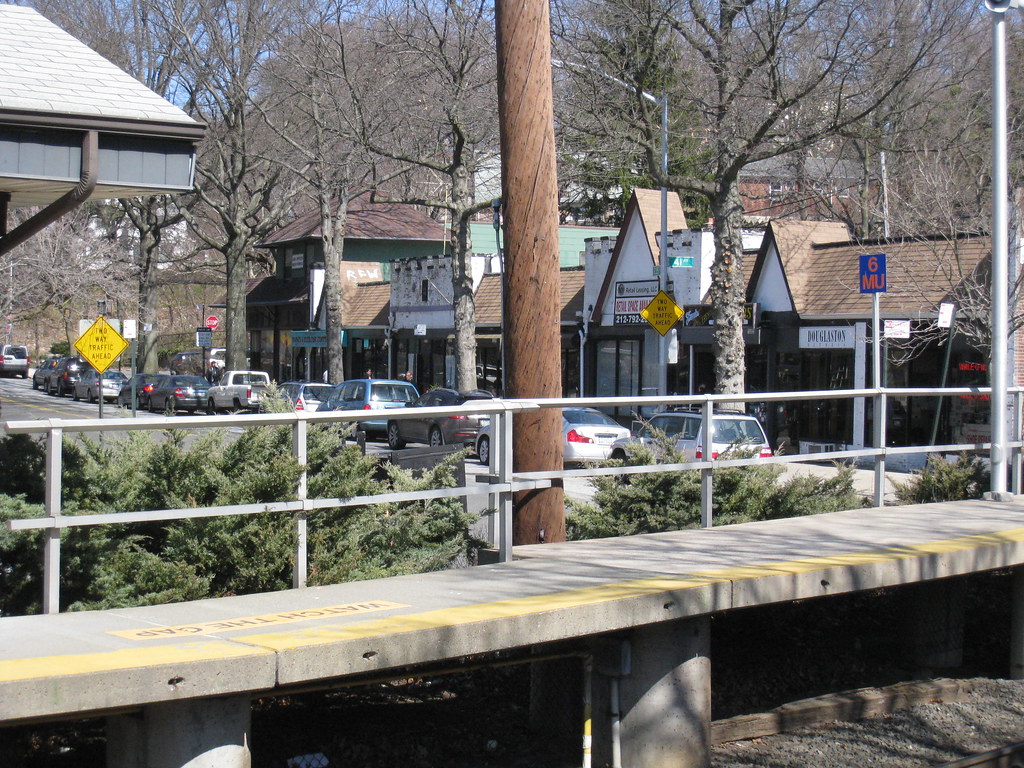


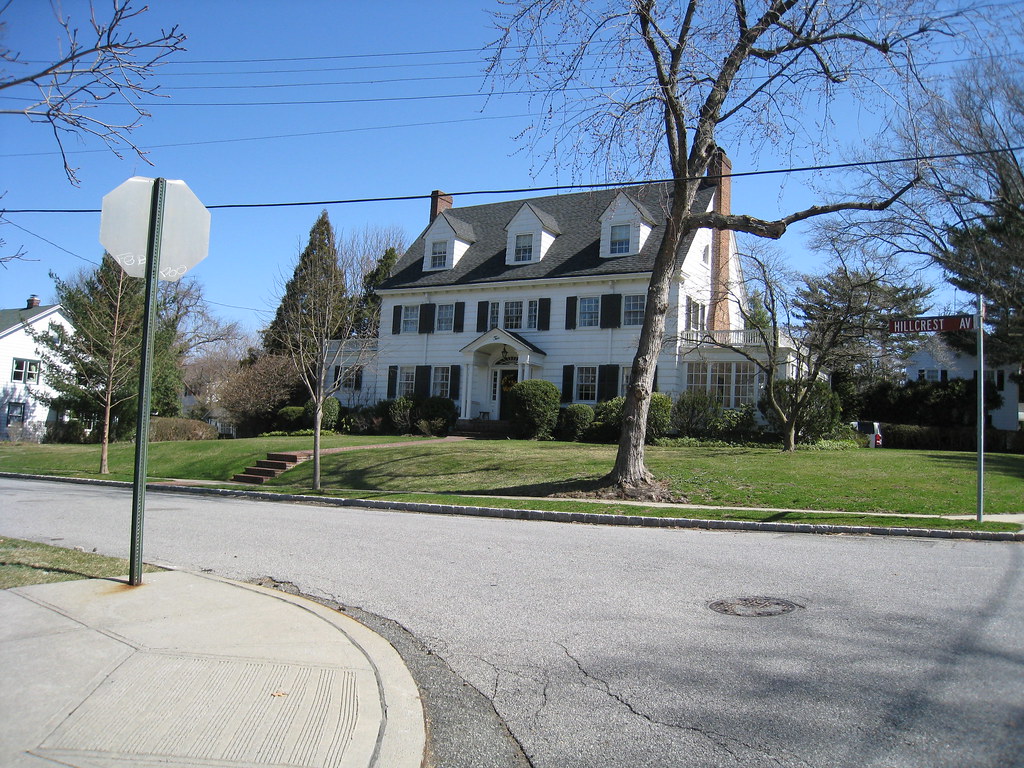
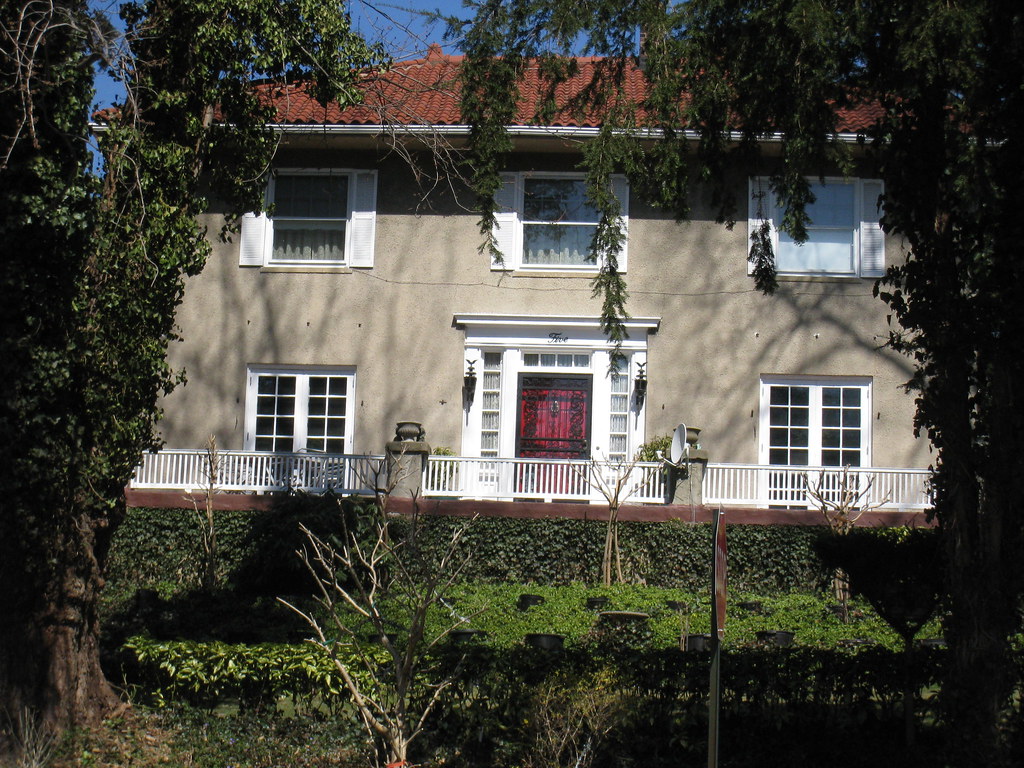
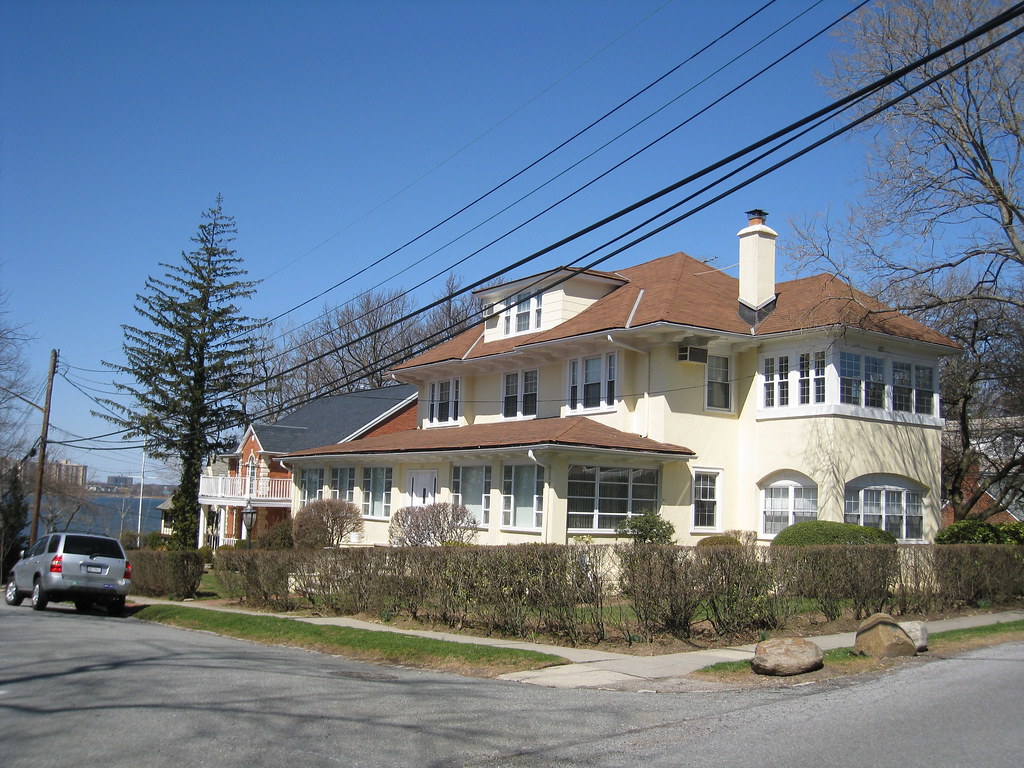
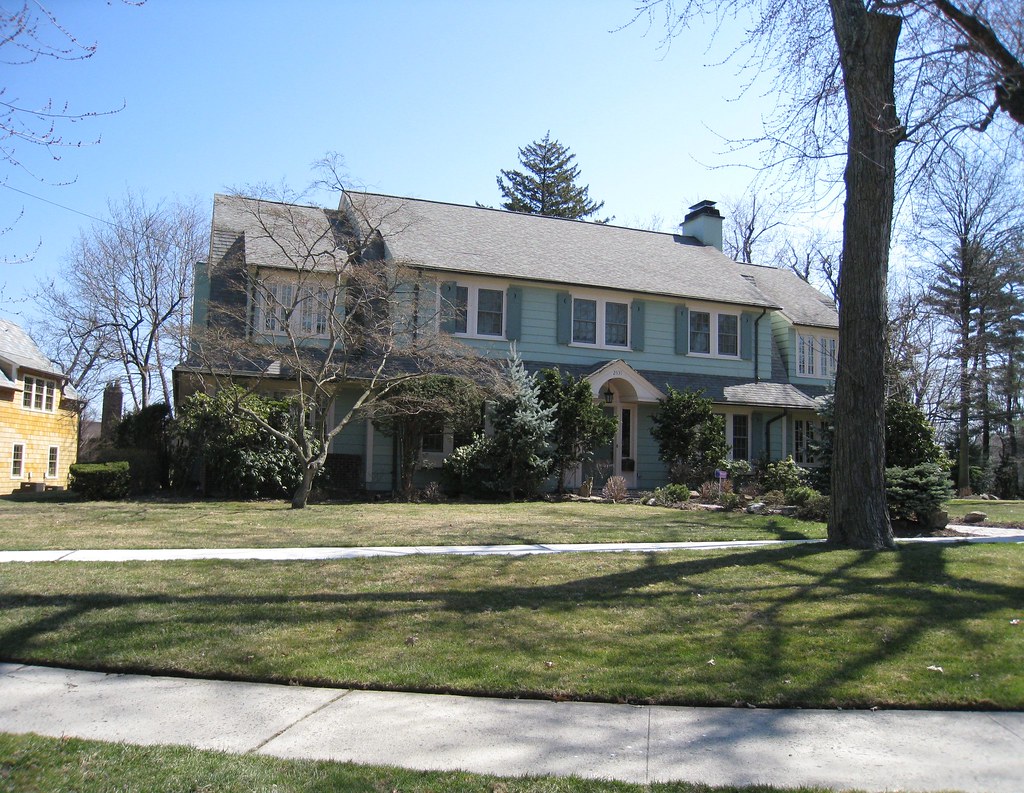
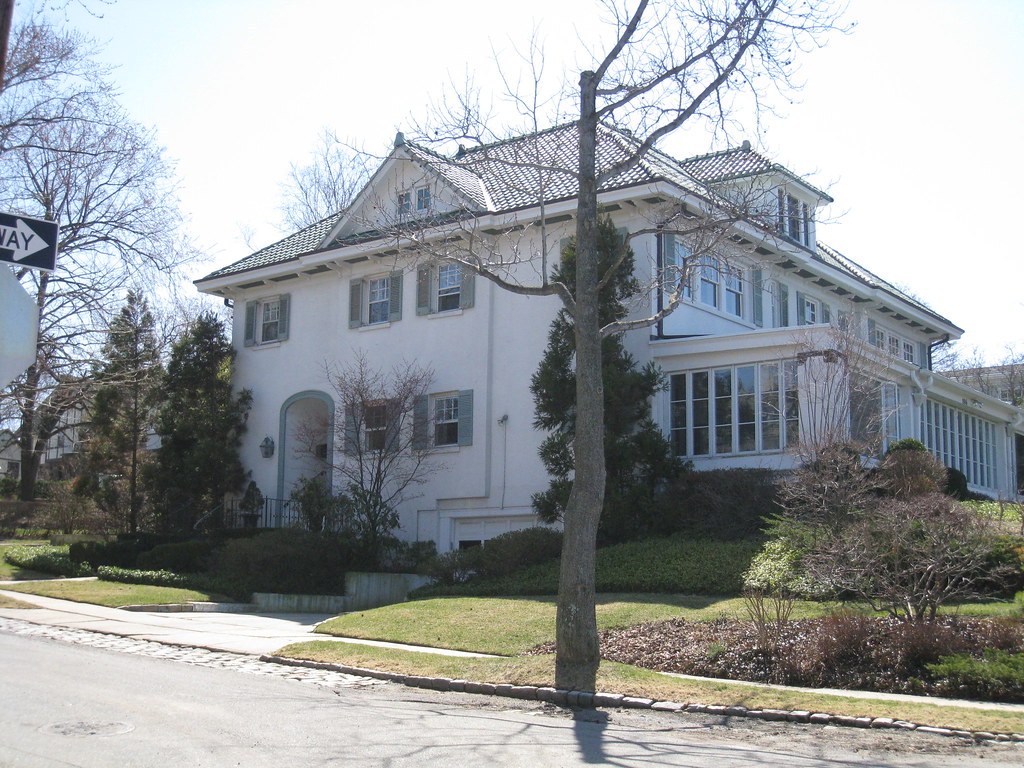
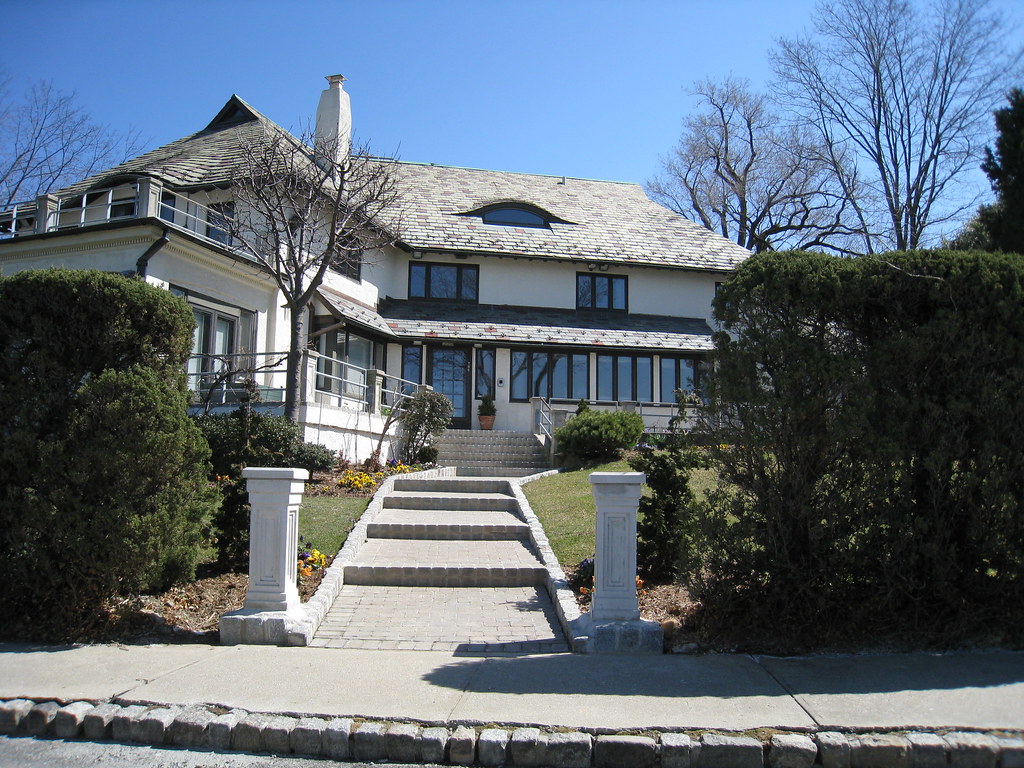

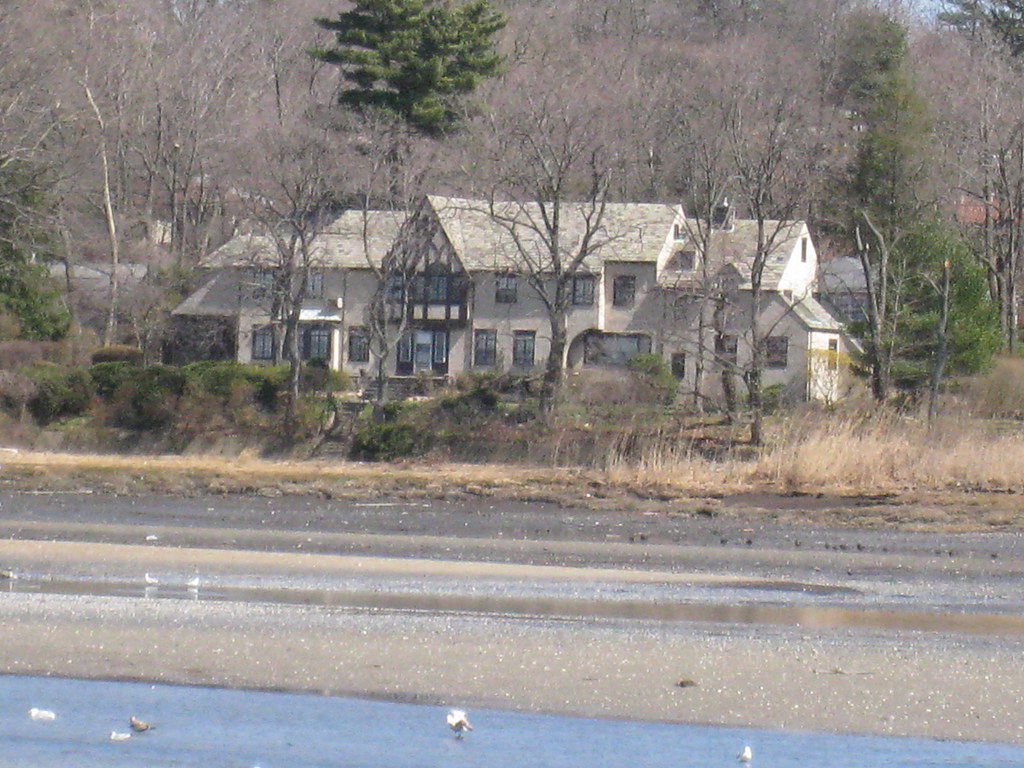
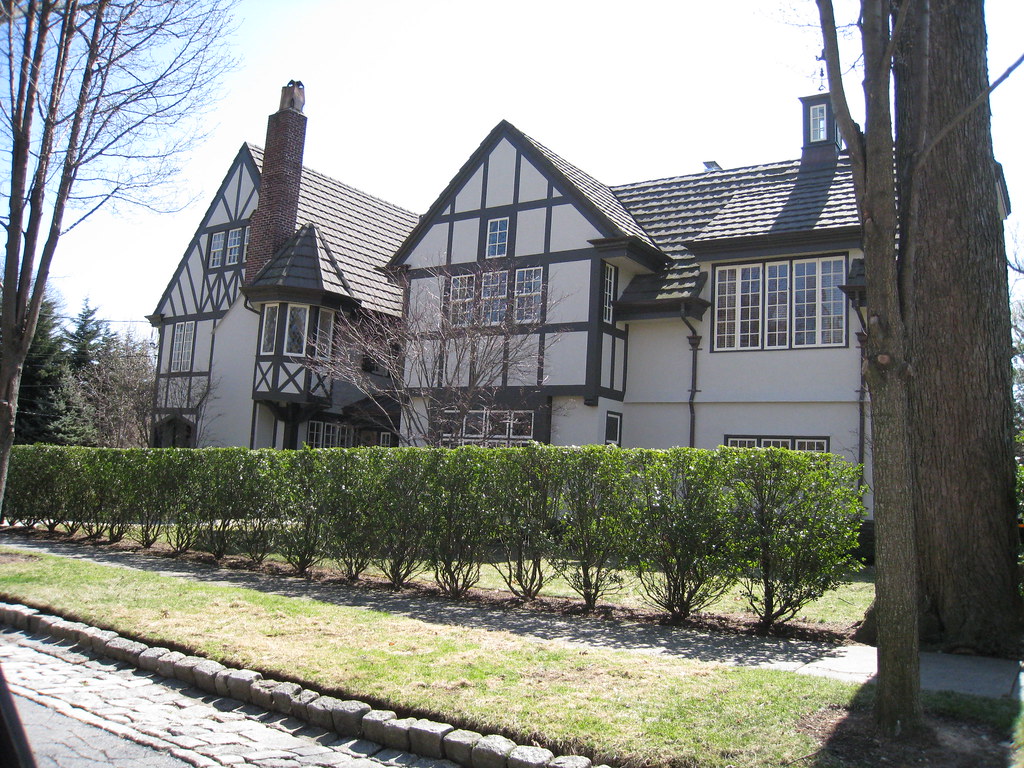
 Broad Channel is a unique seaside neighborhood in the middle of Jamaica Bay on a marshy island. Broad Channel, which Cross Bay Boulevard bisects is connected to Howard Beach in the north and the Rockaways in the south by two bridges at either end of the island. The neighborhood has a significant Irish population and is defined by the Irish-American culture, bungalow houses, dockside homes, dead end residential streets and canals separating them. Broad Channel is tiny, only 20 blocks long and 4 blocks wide. The Dutch settled on the island during the 17th century and turned it into a small fishing village. In the 1910’s the city leased the island to the Broad Channel Corporation who subleased to private individuals wishing to build summer bungalows. When Cross Bay Boulevard was built during the 1920’s the population expanded. During the 1930’s “the master builder”, Robert Moses built a large recreational park and wildlife sanctuary at the north end of the island. The park is now part of the Gateway National Recreational Area. The city acquired property and title of the neighborhood after the Broad Channel Corporation went bankrupt in 1939 and denied residents who sub-leased to purchase the plots they vacationed on. The Irish population has been around for over 100 years. With a population of just over 3,000 they make up nearly 85% of the population. The community gained notoriety when during the 1998 labor day parade when a racist float, depicting an African American being dragged by a vehicle was videotaped and aired on the news.
Broad Channel is a unique seaside neighborhood in the middle of Jamaica Bay on a marshy island. Broad Channel, which Cross Bay Boulevard bisects is connected to Howard Beach in the north and the Rockaways in the south by two bridges at either end of the island. The neighborhood has a significant Irish population and is defined by the Irish-American culture, bungalow houses, dockside homes, dead end residential streets and canals separating them. Broad Channel is tiny, only 20 blocks long and 4 blocks wide. The Dutch settled on the island during the 17th century and turned it into a small fishing village. In the 1910’s the city leased the island to the Broad Channel Corporation who subleased to private individuals wishing to build summer bungalows. When Cross Bay Boulevard was built during the 1920’s the population expanded. During the 1930’s “the master builder”, Robert Moses built a large recreational park and wildlife sanctuary at the north end of the island. The park is now part of the Gateway National Recreational Area. The city acquired property and title of the neighborhood after the Broad Channel Corporation went bankrupt in 1939 and denied residents who sub-leased to purchase the plots they vacationed on. The Irish population has been around for over 100 years. With a population of just over 3,000 they make up nearly 85% of the population. The community gained notoriety when during the 1998 labor day parade when a racist float, depicting an African American being dragged by a vehicle was videotaped and aired on the news.

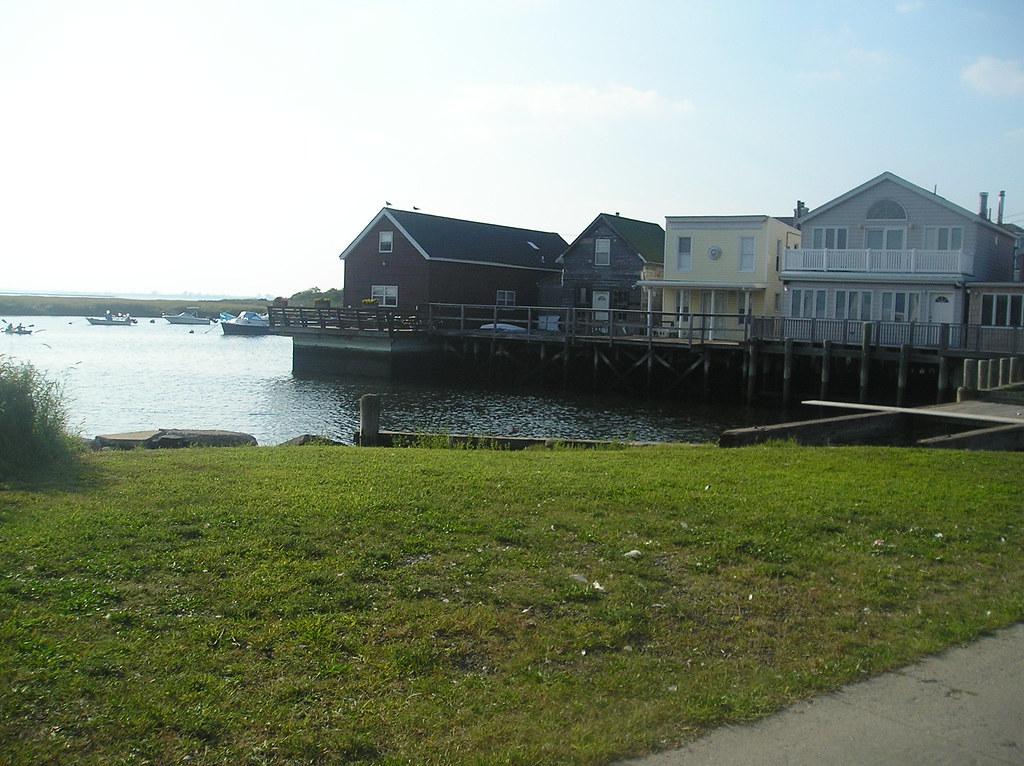

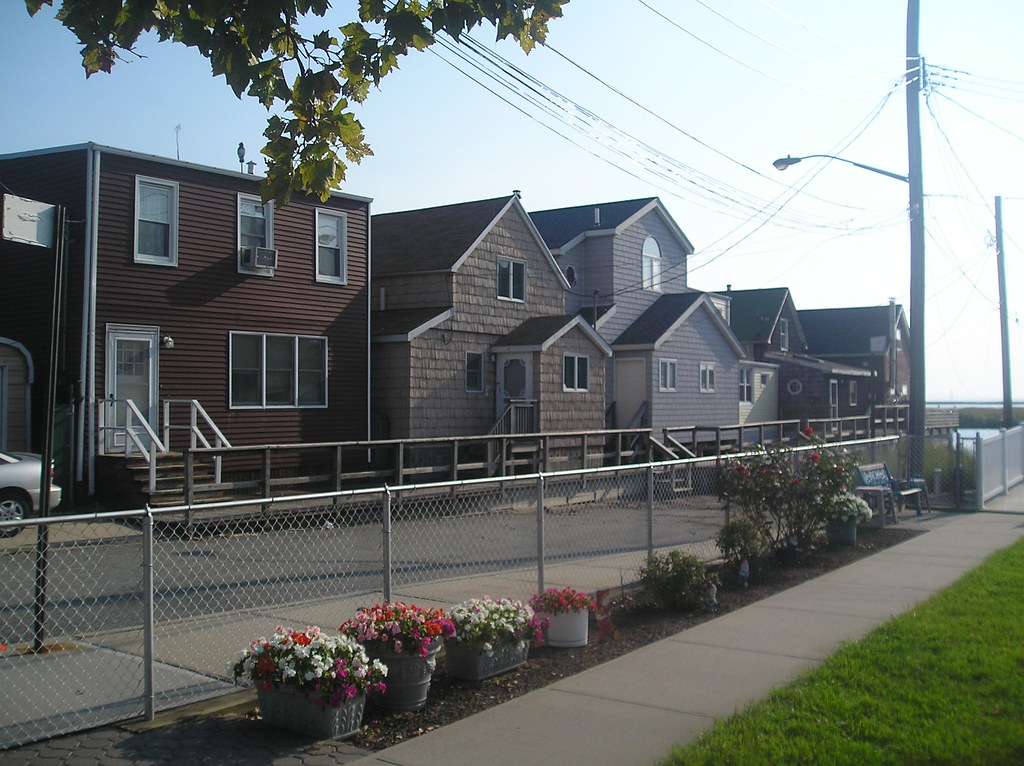
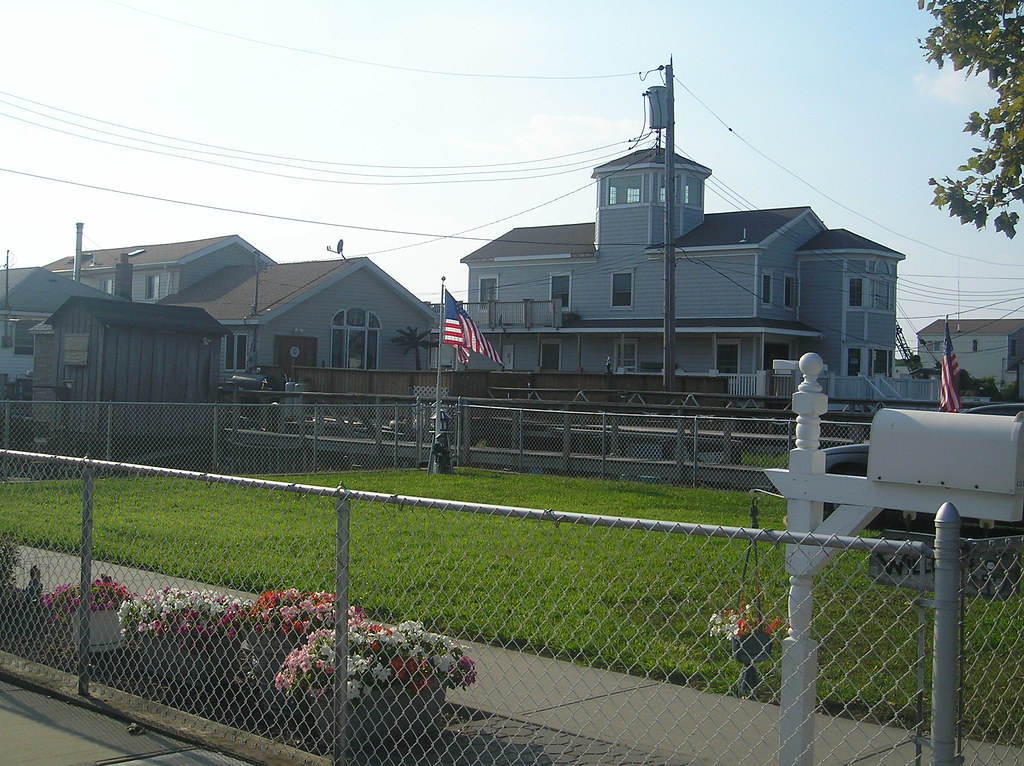

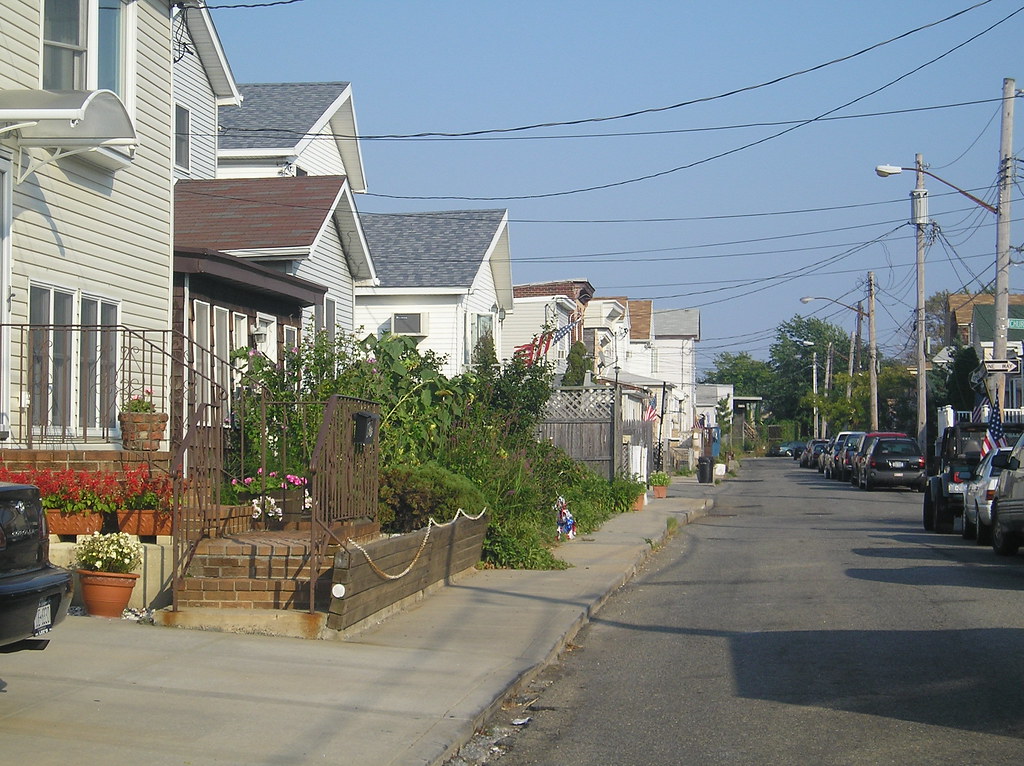
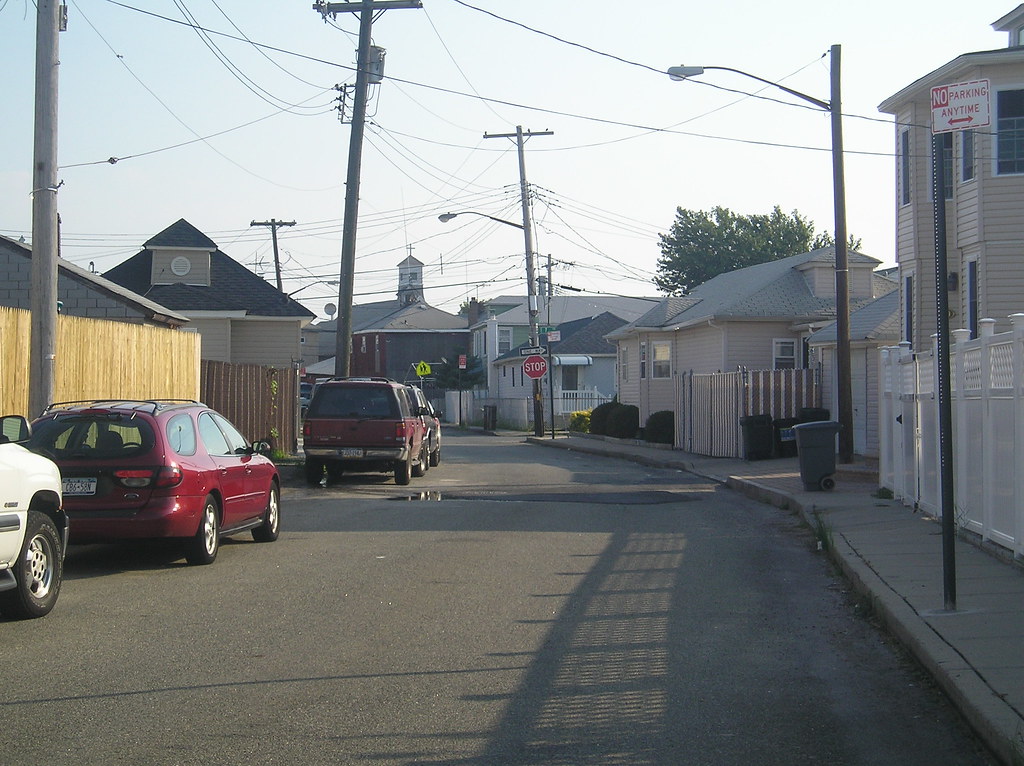
__________________
Brooklyn: The Motherland.
|